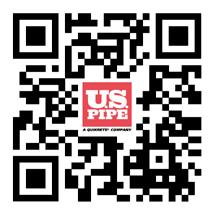







Connecticut’s Answer to Unaccounted for Water %
Unmatched expertise
Proven solutions that work
Programs that pay for themselves


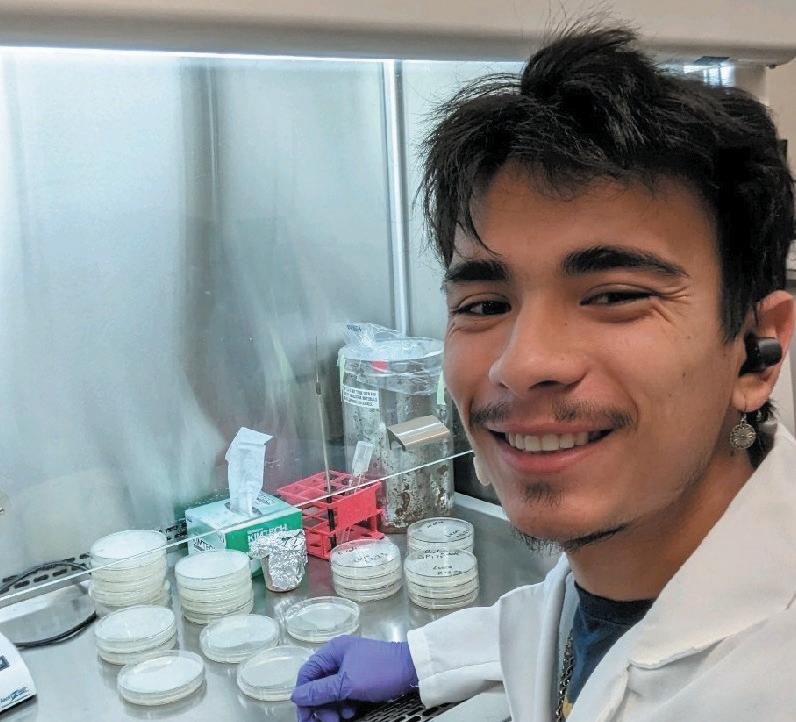
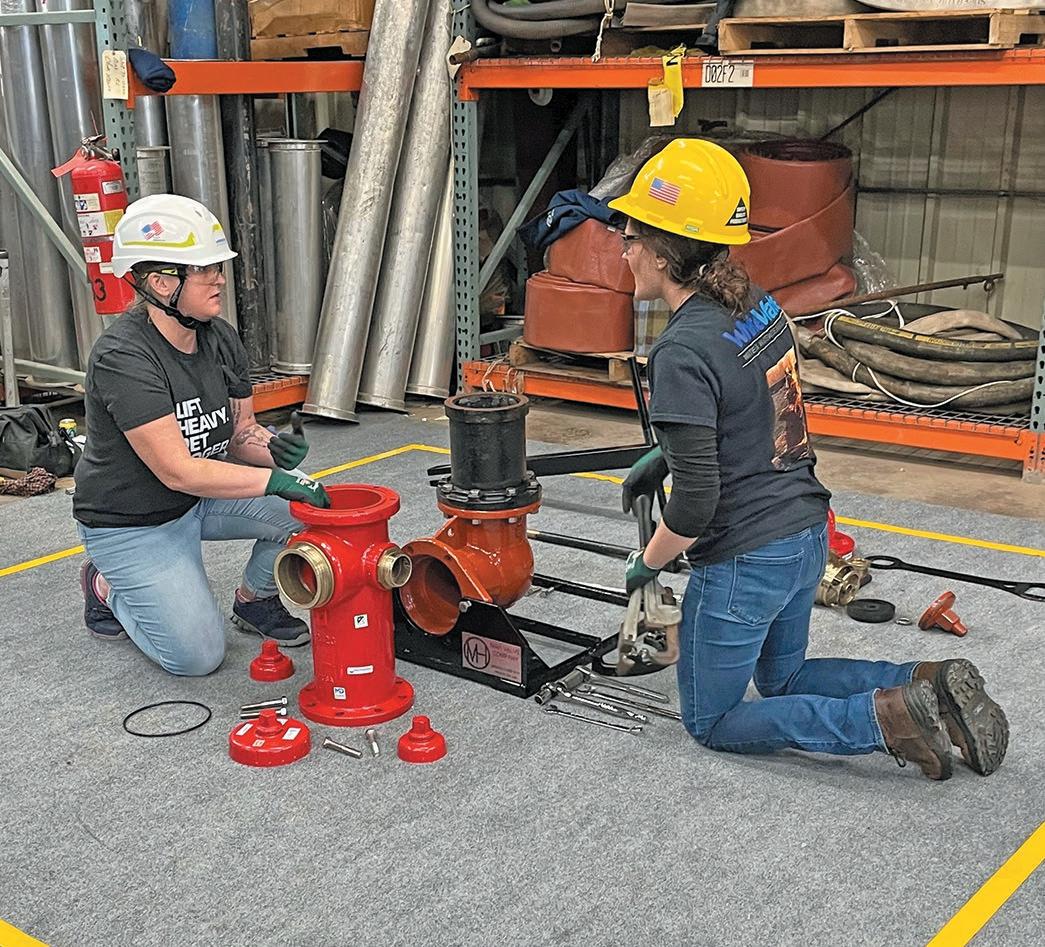


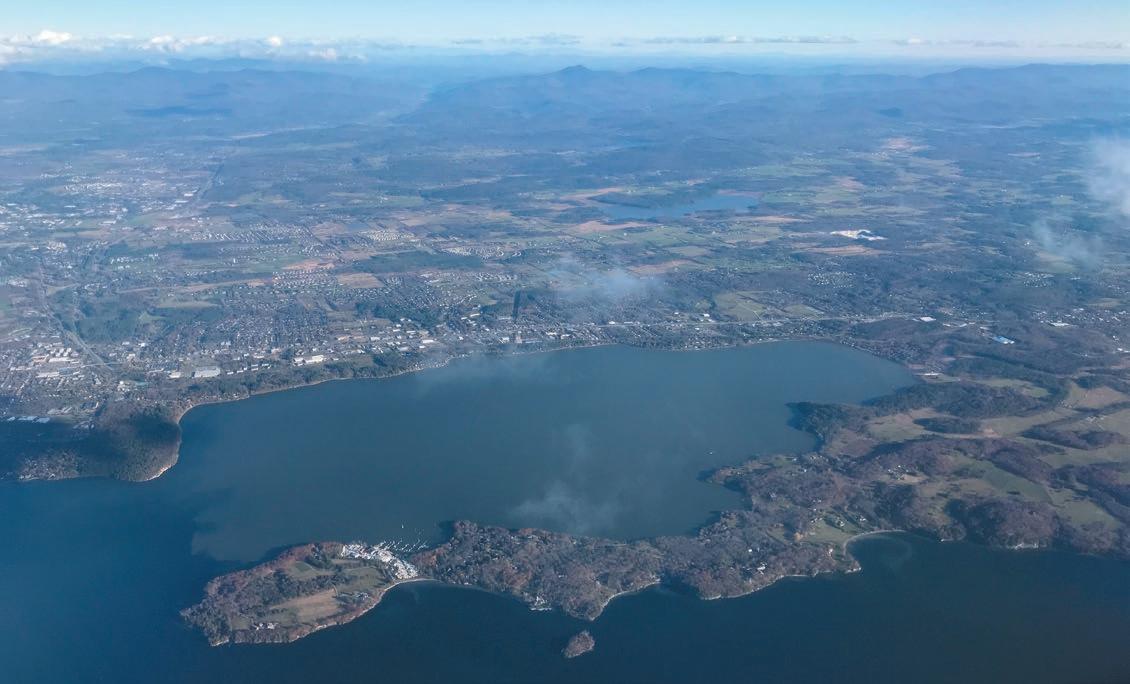
BOARD CHAIR
Chi Ho Sham
Independent Consultant, Past AWWA President
VICE CHAIR
Seth Garrison
General Manager, Portland Water District
SECRETARY-TREASURER
Ryan Shea
Deputy Director – Construction
Boston Water & Sewer Commission
AWWA DIRECTOR
Craig Douglas
General Manager
Brunswick & Topsham Water District
TRUSTEE
Joe Goodwill
Associate Professor, University of Rhode Island; Scholar-in-Residence, Aclarity
TRUSTEE
Peter Salvatore
Director of Engineering
Boston Water & Sewer Commission
TRUSTEE
Chris Woodcock
President, Woodcock & Associates, Inc
INTERIM EXECUTIVE DIRECTOR
Alane E. Boyd, P.E.
SECTION STAFF
Cody Finan
COMMUNICATIONS COMMITTEE
Chris Woodcock
President, Woodcock & Associates, Inc
Sarah Trejo
Water Quality Compliance Coordinator, Aquarion Water Company
Tel:
Managing Editor Mathias Leiendecker
Design/layout Kiersten Drysdale
Advertising Sales David Gill
Advertising Co-ordinator Stefanie Hagidiakow
Address
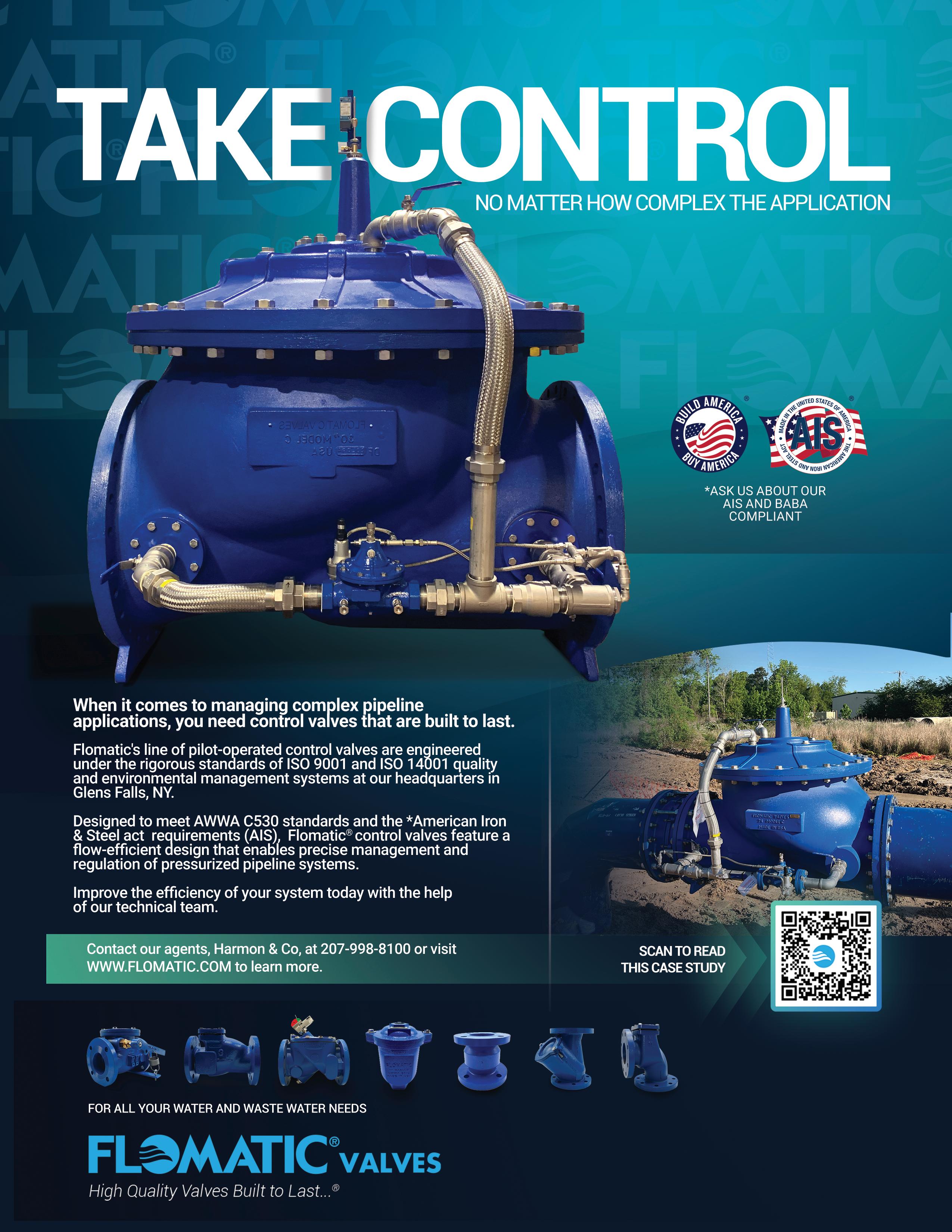

MESSAGE FROM THE SECTION CHAIR

2024 is turning out to be a special year for drinking water. It is the 50th birthday of the federal Safe Drinking Water Act (SDWA) and many challenging drinking water issues are being tackled across the US.
Since the passage of the SDWA by Congress in 1974, the law was amended in 1985 and 1996 to protect public health by regulating the nation’s drinking water at the taps and their sources. Although the federal requirements do not explicitly apply to private wells and water systems that serve less than 25 individuals, the sciences and technologies developed to support the SDWA requirements are far-reaching to protect all people across the nation and the globe. Many countries are looking to the US as a model for the delivery of safe drinking water.
From February 27 to March 1, 2023, AWWA convened the Water 2050 Governance Think Tank. 27 influential thinkers and subject matter experts came together to envision the future of water governance and developed recommendations for a successful and sustainable water future. A total of nine recommendations were made by the group and they are:
• Encourage national governance structures with a One Water focus and regulatory frameworks that include diverse stakeholders.
• Establish widely accepted fit-for-purpose standards.
• Regionalize water utilities based on watersheds.
• Integrate water-related utilities and partner with other utilities, to contribute to a circular economy.
• Set rates that reflect the full cost of service, while advancing affordable access and recognition of the human need for water.
• Enable a flexible governance framework that advances water resource and system resilience.
• Promote the integration of utility performance standards that support better technical, managerial, and financial practices.
• Integrate research and data across agencies to drive a culture of change and innovation.
• Take a multilateral and cooperative approach to water governance. The nine recommendations were developed by the think tank participants who were seeking ways to reshape water utility governance to strengthen quality water service, assess how much should water drive decisions or be driven reactively, and evaluate the relevancy of today’s regulations for tomorrow’s world. If you are interested in getting more details on each of
these recommendations and additional background information for the think tank, please go to www.awwa.org/Resources-Tools/ Water-2050/Governance where you can also download a copy of the Governance Think Tank report.
The US Environmental Protection Agency (EPA) released the final rule-setting drinking water standards for six per- and polyfluoroalkyl substances (PFAS) on April 10, 2024. EPA has estimated that the new PFAS rule will be approximately $1.5 billion annually. Under the Bipartisan Infrastructure Law (BIL), $9 billion is available to help communities impacted by PFAS pollution in drinking water. In addition, another $12 billion in BIL funding is available to communities for general drinking water improvements that include addressing PFAS chemicals. However, as noted in AWWA’s comments on the proposed PFAS rule, AWWA is concerned that EPA does not accurately characterize the rule’s health and financial impacts. AWWA estimated that the compliance cost of the rule is more than three times higher than EPA’s estimate. This significant gaps in compliance cost and available resources would lead to affordability challenges in many communities, especially small and/ or disadvantaged communities.
As advocated by AWWA and the source water protection community, the best way to keep our drinking water free from PFAS is to protect our source waters. AWWA continues to encourage EPA to follow through on its commitments to address harmful PFAS manufacturing, uses, and releases to the environment. By requiring polluters, and not communities, to be held responsible for PFAS contamination, it would lessen the challenges of affordability to communities and individuals.
Apart from making sure that sufficient financial resources are available to keep water utilities sustainable, the water community needs to explore innovative financial approaches. Utilities must be able to cover the cost of infrastructure maintenance and operation. While increased support from the government is critical, water resilience can also be a key target for economic, social, and governance (ESG) investments in the decades ahead. The use of a triple-bottom-line framework that includes economic, environmental, and social values and costs of water services would help push utilities to become holistic and comprehensive entities that can provide One Water solutions, resilient water infrastructure expansion, and sustainable community development. Back to the Water 2050

think tanks, a total of nine recommendations, across the five think tanks, are associated with finance and affordability, and they are:
• Rapidly identify financing and funding sources for resilient systems of the future.
• Establish a pricing model that covers all the costs of water.
• Enable utilities to finance distributed water technologies and systems.
• Assure that equity and affordability are key considerations in water infrastructure and resource investment.
• Align utility sustainability plans and economic growth plans.
• Set rates that reflect the full cost of service while advancing affordable access and recognition of the human right to water.
• Promote the integration of utility performance standards that support better technical, managerial, and financial practices.
• Foster strategic partnerships based on shared economic interests.
• Reframe the value of water to reflect the need to prepare for a sustainable future.
As for innovation, there are also nine recommendations, coming from the five think tanks, that are the means to the ends of making utilities in the future sustainable, resilient, equitable, and well-governed. They are:
• Maximize efficiency through reuse, conservation, and expanding collaboration with other sectors.
• Employ digital solutions such as Artificial Intelligence and Machine Learning to optimize efficiency, operations, and water quality.
• Leverage technology to break down barriers to innovation, address regulatory compliance, and mitigate unintended consequences.
• Transform water management through the expansion of in-home and fit-for-purpose treatment technologies.
• Strive for rapid adoption of technology that results in equitable and sustainable outcomes.
• Incentivize investment in innovation and experimentation.
• Optimize efficiency through a circular water economy.
• Adopt innovative financing models and technologies to support all water infrastructure.
• Integrate water-related utilities and partner with other utilities to contribute to a circular economy.
As Water 2050 is entering the next phase of the effort – implementation. AWWA will be looking for collaborators, both inside and outside the water community, to advance the various recommendations in a thoughtful and impactful manner. If you are interested in contributing to this forward-looking effort, please do not hesitate to contact me at csham@awwa.org . To obtain more information on Water 2050, the five think tanks, and any updates on the ongoing efforts, please visit www.awwa.org/Resources-Tools/Water-2050


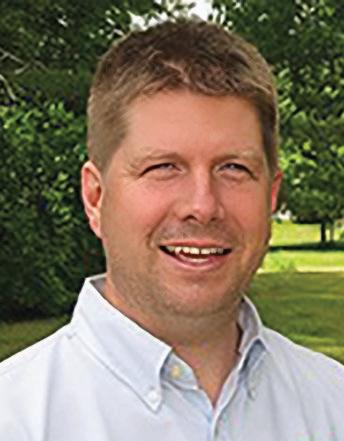
MESSAGE FROM THE AWWA DIRECTOR
The AWWA Fly-In is one of the signature events of the year for the association. For those unfamiliar with the fly-in, annually the association pays for the expenses of one member from each state to fly to Washington DC, and stay over for two nights. Ahead of the event the state representative reaches out to their delegation and sets up meetings with their senators and representatives.
For members coming from states with large populations, those members are typically selective in determining which representatives to meet with.
To facilitate the fly-in AWWA’s DC office prepares materials for the fly-in members. These take the form of one-page talking points and a one-page information sheet that the member can leave with each delegate. The key talking points this year were:
• Support the ‘polluter pays’ principle for PFAS cleanup.
• Invest in the nation’s water infrastructure.
• Support a collaborative approach to water cybersecurity.
• Promote water affordability in local communities.










The USEPA’s announcement of the final National Drinking Water Standards for six PFAS compounds added more talking points mid-fly-in as Capitol Hill was abuzz with the processing of what the impacts of these standards would be.
This year the fly-in also overlapped with Water Week. It also overlapped with the National Water Policy Fly-In. This larger meeting is a broad collaboration of 24 Associations across the drinking water, wastewater, water reuse, and stormwater sectors. Their talking points had a fair amount of overlap with AWWA’s talking points:
• Maintaining and updating aging infrastructure, rising operational costs, supply chain issues, and labor shortages;
• Tackling water contamination and compliance with regulations, including those for PFAS, new pollutants, and nutrient management; and
• Securing climate adaptation, resilience, and cybersecurity measures.




Like any policy discussions on Capitol Hill. There were differences between AWWA’s approach and the National Water Policy Fly-In’s approach, but also some common ground. It was up to the representatives of each state to find each other (if they desired) to consolidate messages and maximize their time with staff and their delegation.
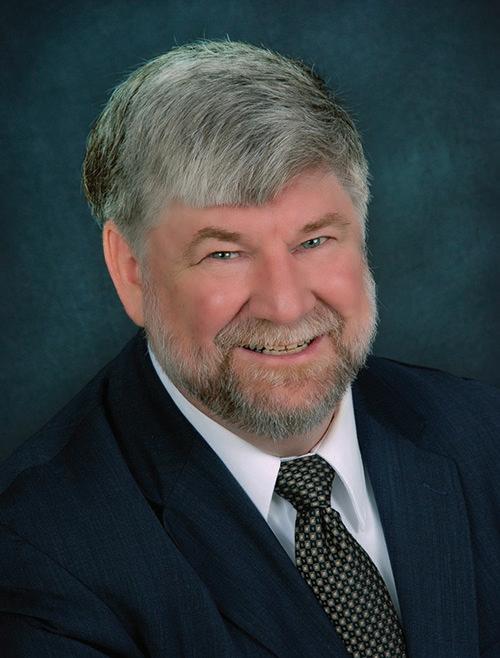

n the early 1980s, I was still a new member of AWWA’s Rates & Charges Subcommittee; it was still not a full committee, but a subcommittee of the Financial Management Committee. Along with another newbie and colleague, George Raftelis, we pushed the subcommittee to put out a manual on water rate innovations. At the time, declining block water rates dominated and alternatives such as increasing block rates or water affordability programs were quite rare and new. Our proposal was met with derision and was termed ‘the whacko rates manual’ by the long-standing members. We were told that any issues related to affordability were not the concern of water departments and were best left to other social agencies. Nearly half a century later, I am so heartened that, as an industry and profession, we now have recognized that affordability of safe drinking water is our responsibility and we are among the best agencies to deal with this concern.
In a world where access to clean drinking water is often taken for granted, millions still lack this fundamental necessity. The affordability of drinking water remains a pressing issue, particularly for marginalized communities. However, amidst these challenges, organizations like the American Water Works Association (AWWA) are playing a pivotal role in ensuring safe and accessible water for all.
Water is a basic human need, essential for health, sanitation, and overall wellbeing. Yet, for many individuals and communities, accessing clean water is a daily struggle. Affordability is a significant barrier, with the cost of water services often
disproportionately high for low-income households. This disparity can lead to difficult choices between paying for water and meeting other basic needs, such as food or shelter.
The affordability crisis is exacerbated by aging infrastructure, increasing operational costs, and environmental factors like climate change and pollution. These challenges highlight the urgent need for sustainable solutions and collaborative efforts to address the root causes of water insecurity.
One such initiative at the forefront of this mission is the AWWA Partnership for Safe Drinking Water. Established in 1992, the partnership brings together water utilities, regulatory agencies, and industry experts to advance the quality and reliability of drinking water systems across the US and beyond.
Central to the partnership’s objectives is the promotion of best practices in water treatment, distribution, and management. Through rigorous standards and continuous improvement processes, participating utilities strive to deliver water that meets or exceeds regulatory requirements and industry benchmarks. This commitment to excellence ensures that communities receive safe, reliable, and affordable drinking water services.
Moreover, the AWWA partnership fosters knowledge sharing and innovation within the water sector. By facilitating peer-to-peer learning and technical assistance programs, utilities can enhance their operational efficiency and resilience to emerging challenges. This collaborative approach not only improves water quality but also helps utilities optimize their resources and reduce costs, ultimately benefiting consumers.
The AWWA partnership emphasizes the importance of community engagement and public education. By raising awareness about water issues and empowering consumers to participate in decision-making processes, the partnership promotes transparency, accountability, and trust in the water industry. Through outreach initiatives and educational campaigns, utilities can build stronger relationships with their customers and foster a culture of water conservation and stewardship.
Despite its notable achievements, the AWWA partnership recognizes that the work of ensuring affordable drinking water is far from over. As climate change intensifies and population growth strains existing infrastructure, new challenges will continue to emerge. However, by embracing innovation, collaboration, and a commitment to equity, the partnership remains steadfast in its mission to safeguard public health and promote access to clean water for all.
The affordability of drinking water is a complex issue with far-reaching implications for public health, social equity, and economic development. I’m glad to say that affordability guidance is now an essential element in AWWA’s rate manuals. As we navigate the uncertainties of the future, let us remember that access to clean water is not just a privilege but a fundamental human right that must be upheld and protected.
Lastly, I’d like to wish a safe and Happy Independence Day (July 4) to all our American friends and a Happy Dominion Day (now called Canada Day on July 1) to all our Canadian friends.


The New England Section AWWA participated in the AWWA Fly-In on April 9 and 10 in Washington, DC. Our New England delegates included: Peter Salvator and Ryan Shea with the Boston Water and Sewer Commission, Craig Douglas with Brunswick & Topsham Water District, Joe Duncan with Champlain Water District, and Sam Currier with the New Hampshire Water Works Association.
AWWA’s Water Matters! Fly-In is an annual event hosted by the AWWA Water Utility Council in Washington, DC each Spring. Its origins stretch back to the 2001 Annual Conference and Exhibition when members held a rally outside of the US Capitol building and met with members of Congress. The purpose of the Fly-In is to advance AWWA’s priorities on Capitol Hill by utilizing our vast membership
and the influence each member has with their own congressional representatives. In each of our meetings, delegates discussed issues pertaining to CERCLA, Water Affordability, Infrastructure, and Cybersecurity within the water industry. Please see below for the actions requested:
CERCLA – Support passage of S. 1430, the Water Systems PFAS Liability Protection Act, which provides statutory protections from PFAS liability under CERCLA for water systems acting in accordance with all applicable laws and regulations.
Water Affordability – Support passage of S. 3830, the LIHWAP Establishment Act, which would establish a permanent lowincome water customer assistance program.
Water Infrastructure – Fully fund the Drinking Water and Clean Water State Revolving Fund (SRF) programs and the Water Infrastructure Finance and Innovation Act (WIFIA) program. Halt the practice of diverting funds from annual SRF capitalization grants for earmarks.
Cybersecurity – Support a collaborative approach to cybersecurity in the water sector by passing legislation establishing an independent organization to set minimum cyber standards with oversight by the EPA.
Individual reports from the delegates are provided for you here as well. Overall, the 2024 AWWA Fly-In was a success for New England!

Peter Salvator, Director of Engineering, Boston Water and Sewer Commission
As one of the attendees of the 2024 Fly-in representing Massachusetts, I had the privilege of meeting with Senator Ed Markey, Representative Jim McGovern, and aides for Representative
Stephen Lynch. At all three meetings, the importance of protecting passive receivers, such as water utilities from PFAS, the creation of a co-regulatory model on cybersecurity, and building a permanent
Joe Duncan, PE, General Manager, Champlain Water District
At this year’s Water Matters! Fly-In, Vermont was represented by Joe Duncan of Champlain Water District. Vermont was able to secure meetings with all three of its representatives. These meetings included staff from Senator Peter Welch’s office, staff from Senator Bernie Sanders’ office,
and Representative Becca Balint and staff from her office. It was a great opportunity for members of Congress to hear directly from Vermont’s water professionals about issues affecting the Green Mountain State. Vermont’s Congressional delegates were generally in support of AWWA’s legislative priorities. Minimizing impacts
Sam Currier, President and CEO, New Hampshire Water Works Association
As a first-time attendee of the DC Fly-In and the first time in DC since I was a child, what an amazing event this was! I attended alone representing the New Hampshire Water Works Association and was nervous not knowing what to expect. The nervousness disappeared quickly after meeting many other attendees through AWWA at breakfast that were from Mississippi and Alabama. Everyone that I had the opportunity to talk to throughout the first morning put my nerves to ease and
made the rest of the day a breeze. In NH we only have four delegates – two from the House (Annie Kuster and Chris Pappas) and two Senators (Jeane Shaheen and Maggie Hassan). I was able to set up meetings with all four of them and/or members of their staff, along with my clean-water counterpart Shelagh Connelly from the NH Water Pollution Control Association (NHWPCA). Our goal was to go in and talk to them about five key topics, which were shared asks through both of our associations.

low-income water bill assistance program were discussed. Each congressman or their aides acknowledged the importance of the initiatives and were supportive of AWWA positions on each.
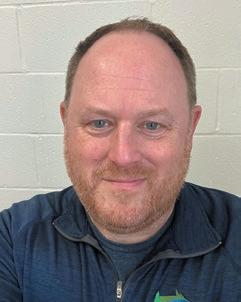
on rate payers was a top priority for each of Vermont’s representatives, including ‘polluter pays’ legislation, establishing a permanent low-income water bill assistance program, and continued investment in our water infrastructure. Overall, the 2024 Water Matters! Fly-in was a success for Vermont!

We were able to talk to them about PFAS, Infrastructure, Workforce Development, Cyber Security, Funding, Funding, and more Funding. I couldn’t be more excited to go back for the 2025 DC Fly-in! I know now how important it is to express our concerns but to also congratulate your state delegates on their successes, and to build on a relationship with trust to show how we in water works can work together, regardless the party affiliation, and do the right thing for the communities we all serve.

Maine has a very talented and water-fluent delegation in DC. They are clearly balancing the needs of our profession with all the other demands in front of them. The water group was unable to coordinate a time with Representative Goldman’s
office, but we were able to meet with the staff of the three other members from Maine’s delegation. Maine’s delegation was very receptive to ‘polluter pays’ and exemptions for water and wastewater utilities if PFAS becomes CERCLA regulated. We stress that this is important
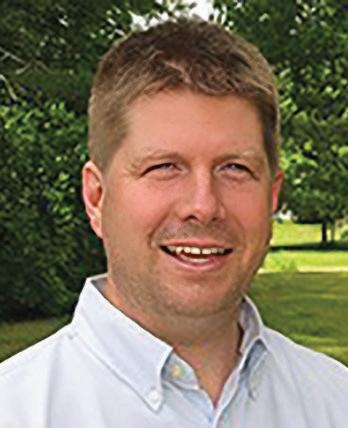
because the water profession is not the user of these chemicals and we are only trying to protect water in our roles. To become a responsible party for the clean-up would cause undo financial and operational stress on water and wastewater utilities.
“I KNOW NOW HOW IMPORTANT IT IS TO EXPRESS OUR CONCERNS BUT TO ALSO CONGRATULATE YOUR STATE DELEGATES ON THEIR SUCCESSES, AND TO BUILD ON A RELATIONSHIP WITH TRUST TO SHOW HOW WE IN WATER WORKS CAN WORK TOGETHER, REGARDLESS THE PARTY AFFILIATION, AND DO THE RIGHT THING FOR THE COMMUNITIES WE ALL SERVE.”
–SAM CURRIER, PRESIDENT AND CEO, NEW HAMPSHIRE WATER WORKS ASSOCIATION
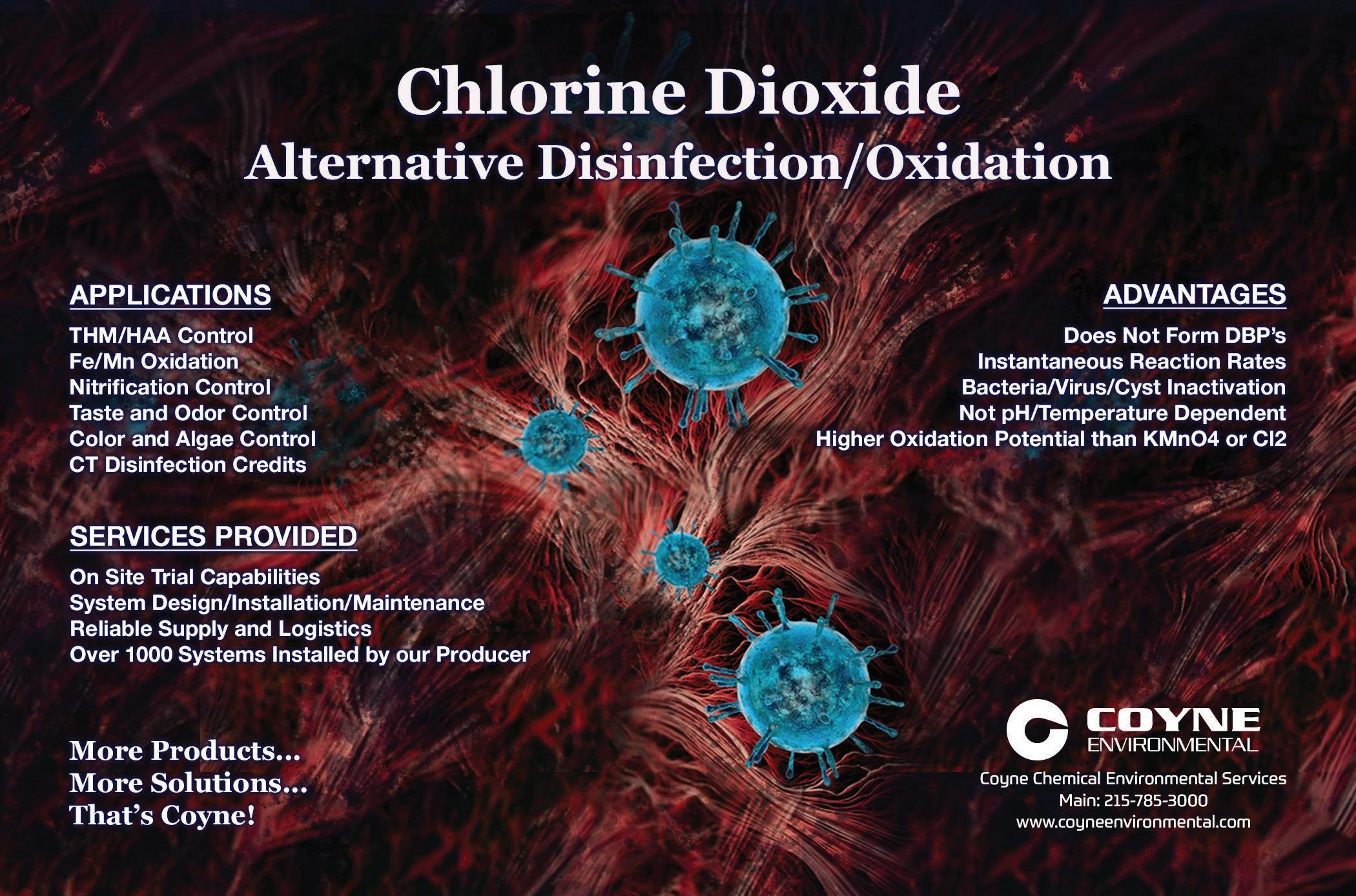
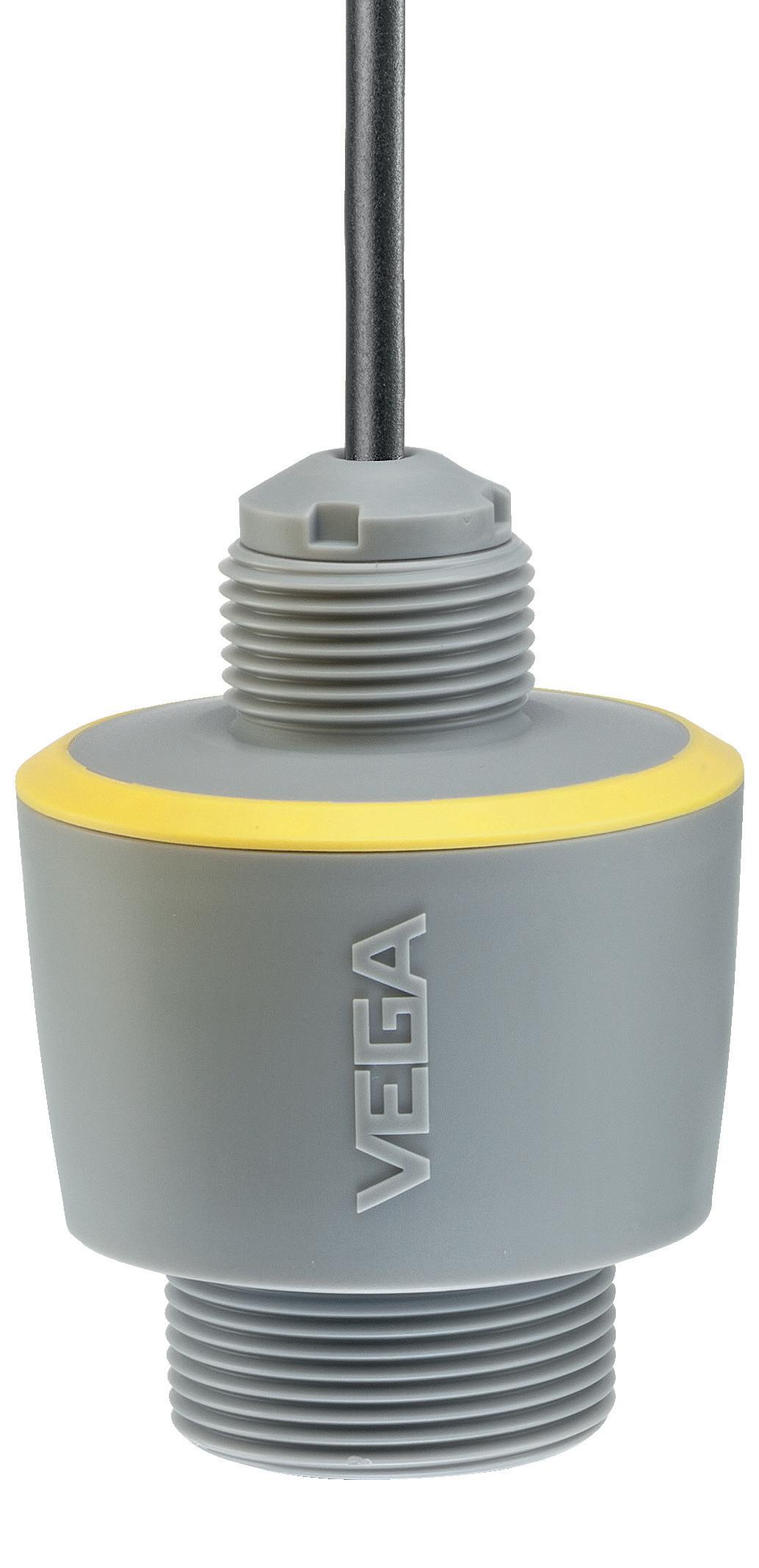
80 GHz level sensor with fixed cable connection (IP68)
- Accuracy and reliability meet affordability
- Easy Bluetooth setup via the VEGA Tools app for smart devices
- Optional remote display available
www.vega.com/vegapuls

Every six years the US Environmental Protection Agency (EPA) is required by statute to periodically review all the rules under the Safe Drinking Water Act (SDWA). The two main considerations EPA has during this review process are to determine if there are opportunities to improve public health and opportunities to reduce implementation and compliance costs to drinking water systems. These two objectives are not mutually exclusive.
The fourth six-year review was initiated in October of 2018, which put in motion a series of steps, described in detail here.
Initial Review: To identify regulations for which a detailed technical review would or would not be needed. EPA reviewed newly available data, information, and technologies, and then identified eight NPDWRs as candidates for revision and are: Chlorite, Cryptosporidium, Haloacetic acids, Heterotrophic bacteria, Giardia lamblia, Legionella, Total Trihalomethanes, and viruses. These eight are included in the following microbial and disinfection byproducts (MDBP) rules:
• Stage 1 and Stage 2 Disinfectants and Disinfection Byproduct Rules (DBPR)
• Surface Water Treatment Rule (SWTR)
• Interim Enhanced Surface Water Treatment Rule (IESWTR)
• Long Term 1 Enhanced Surface Water Treatment Rule (LT1)
Health Effects: Drinking water contaminants are reviewed to identify those that might need revision of their maximum contaminant level goal (MCLG) and maximum contaminant level (MCL). This process includes a review of the Contaminant Candidate Lists (CCL).
Contaminant Occurrence and Exposure Analysis: Information on the frequency, levels, and geographic distribution of contaminants is analyzed to determine how changing an MCL, adding a new contaminant/MCL, or changing treatment technique may affect health risks and/or impact compliance costs for public water systems. This was done through an Information Collection Request (ICR) process, which was reviewed by the Office of Management and Budget (OMB) in 2019 and sent to Primacy Agencies (states) in June 2020. This data on contaminants will help EPA determine if current rules are sufficient or need updating. Historical compliance monitoring data and treatment technique information were collected, covering a period from January 2012 to December 2019, and were released by EPA in 2022.
Analytical Method Improvements: Methods are evaluated to determine whether there have been advances in laboratory technology to potentially enable a revision to the MCL for a regulated contaminant. However, the EPA is only allowed to consider

methods developed within the agency, to determine if there have been method improvements, such as lower detection levels can be achieved, that could afford a lowering of a particular MCL. The process to evaluate other methods outside of EPA, such as those developed by third parties using the Alternative Test Protocol (ATP) process or methods from consensus standards bodies, is another process within the agency.
Treatment Methods Feasibility: Review of treatment methods to determine if there are new or improved technologies that could support a potentially lower MCL or a new treatment technique requirement. Several EPA drinking water rules do not have an MCL but are assumed to be effectively managed through treatment techniques. Some examples are Heterotrophic Plate Count (HPC), Legionella, Giardia, Cryptosporidium, copper, and turbidity rules. In this phase of review, the EPA reviews if any improved or less expensive technologies are available that are at least as protective of public health as compared to the existing prescribed treatment techniques, might be adopted and, therefore, change a rule’s status from a Maximum Contaminant Level Goal (MCLG), which is not enforceable, to and enforceable MCL.
Risk-Balancing: This process is conducted to address whether a change to an MCL and/or treatment technique will affect the risk from other contaminants, and, if so, to consider revisions that will balance multiple risks. Risk-balancing only applies to the MDBP rules, since it is a delicate balance to ensure effective disinfection with microbial risk, and the agency is required to manage both types of risk. This is one area when input from other agencies and subject matter experts can be of great value to the EPA.

Implementation Issues: Are considered based upon EPA’s or states’ experience in implementing the regulations as written, for example, are the contaminants and associated methods sufficiently understandable for utilities to adopt? If the rule(s) were to change, what would be the public health benefit versus the cost to utilities? Does the health benefit outweigh the cost and, therefore, justified? These types of questions are also ones that EPA puts to primacy agencies, utilities, other agencies, health professionals, and other subject matter experts.
As you can tell from the above text, not only is EPA required to perform the six-year reviews, but they are also obligated to engage with primacy agencies, the regulated community, other industry stakeholders, and the public. This engagement can happen in a few different ways, some regulated and/or required, and others by choice. One fairly prompt decision the EPA made was to engage in the Federal Advisory Committee Act (FACA) process, which also allowed EPA to extend the original rule proposal deadline from July 31, 2024, to July 31, 2025, while the final rule, initially scheduled for September 30, 2027, was moved to October 2, 2028. These completion dates were allowed to be moved due to a clause in the Consent Decree decision EPA has with the Water Keeper’s Alliance (March 25, 2020). More details on the Consent Decree can be found here: www.regulations.gov/document/EPA-HQ-OGC-2020-0140-0002
EPA chose an existing Federal Advisory Committee (FAC), the National Drinking Water Advisory Council (NDWAC), and developed a charge to this group including specific objectives and timelines. After considerable deliberations, the NDWAC subcommittee on MDBP rule revision recommendations, thirteen such recommendations were sent to the EPA in December 2023. These NDWAC recommendations are being considered by the Agency as they develop the rule proposal. In summary, the 13 NDWAC MDBP Rule Revision Recommendations address the following:
1. Disinfectant Residual – Address the potential for no or low disinfectant residual in surface water Public Water System (PWS) distribution systems (DS), this includes the option for a numerical disinfection level versus ‘detect.’
2. Premise Plumbing – EPA should advance a national building water quality improvement initiative based on an enhanced partnership among federal agencies and state SDWA oversight agencies. This recommendation was targeted to address Legionella pneumophila and its’ associated disease state, legionellosis.

3. DBPs of Emerging Concern – Address data and analysis gaps associated with DBPs of emerging concern.
4. Multi-Benefit Precursor Control – Establish a PWS source water evaluation screening requirement and, under defined conditions, provide additional mandatory treatment to reduce DBP formation and disinfectant demand.
5. Finished Water Storage Tanks – Address finished water storage tank vulnerabilities by establishing a national inspection and cleaning as needed requirement; supported by a review and update as needed of current storage tank operations and maintenance guidance.
6. Chloramination – Improve chloramination practices to promote control of microbial contamination and DBP formation potential and improve overall consistency of water quality.
7. Consecutive Systems – Improve water quality and regulatory compliance rates for consecutive systems.
8. Source Control – Leverage non-SDWA authorities to:
a. Prevent contaminants from entering the water cycle.
b. Restrict discharge into source waters.
9. Environmental Justice (EJ) Improvement Opportunities –Conduct analyses to characterize the current gap in MDBP rule implementation and affordability pressures faced by public water systems serving EJ, disadvantaged and historically underserved communities. Provide strategies for ensuring this gap is filled and to work toward more equitable implementation of the MDBP rules across demographic groups. Ensure that new requirements can be implemented consistently, with sufficient additional resources provided to equitably receive the benefits anticipated to result from the rule revisions.
10. Public Water System (PWS) Technical, Managerial, and Financial (TMF) Capacity – Provide and align additional TMF capacity for small, rural, EJ, disadvantaged, and historically underserved communities consistent with new demands placed on PWS by MDBP rules revision.
11. Primacy Agency Capacity – Address SDWA Primacy Agency capacity needs to be associated with the new demands anticipated from MDBP rule revisions.
12. MDBP Overall Data and Analysis Gaps – Address gaps in data and analysis related to microbial and DBP contaminants.
13. Ground Water Under the Direct Influence of Surface Water (GWUDI) – EPA should revisit the definition, determination methods, and guidance for GWUDI to ascertain what changes should be made to improve the protection of public health.
Another way the EPA is required to engage the public in this rule-making process is through soliciting public comment at www.regulations.gov . This is the single most important route individuals and utilities can leverage to ensure the EPA hears your ideas, concerns, experiences, and comments. The result of this rule-making process will affect you, your utility, and your customers. Be engaged, participate in EPA webinars on this topic before the proposed rule, and submit your comments to EPA when public comments are requested. Stay up to date on the fourth six-year review activities here: www.epa.gov/dwsixyearreview

On April 23rd, approximately 45 members of the New England Section of AWWA toured the Deer Island Wastewater Treatment Plant, owned and operated by the Massachusetts Water Resources Authority (MWRA). This facility is the centerpiece of MWRA’s $3.8 billion program to protect Boston Harbor from pollution caused by Metropolitan Boston’s sewer systems.
The plant treats wastewater from 43 Greater Boston communities, removing human, household, business, and industrial pollutants. It complies with all federal and state environmental standards and operates under a precedent-setting discharge permit issued by the EPA and DEP, allowing its treated wastewater to be safely released into the marine environment.
Currently, Deer Island self-generates 26% of its electricity needs, with more than half of the island’s energy demand met through on-site renewable generation. Deer Island is a prime example of highly efficient, large-scale wastewater treatment using state-of-the-art technology.
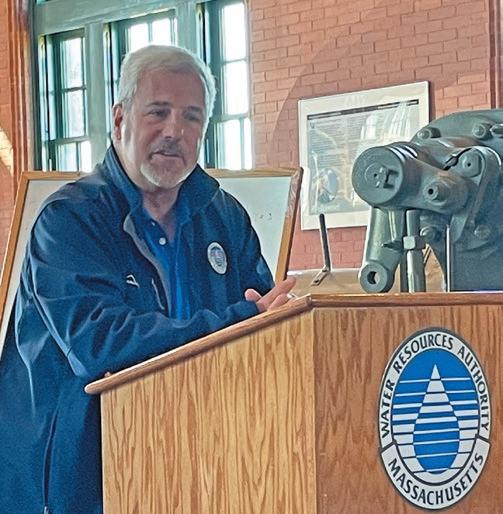
Special thanks to MWRA, especially Dave Duest, Chad Whiting, and Nadia Caines. We also received significant help from the staff at the Boston Water and Sewer Commission and would like to thank Emma Page, Ryan Shea, and Peter Salvatore.



ucca, a doctoral candidate at the University of Massachusetts Amherst, is driven by a fervent dedication to sustainability and ensuring widespread access to a pristine environment. His academic pursuits revolve around delving into biofilm systems to effectively eliminate phosphorus and other pollutants from contaminated water sources and wastewater. Additionally, Lucca explores the concept of circular recovery as a means to create value-added products. His interdisciplinary research seamlessly integrates microbial ecology, conservation practices, and environmental engineering.
Operating across diverse settings, from laboratory environments to fieldwork and community engagement, Lucca actively involves local communities in his research endeavors. By fostering collaboration and knowledge-sharing, he amplifies the impact of his work while empowering communities with vital insights.
At the core of Lucca’s mission lies the belief that what some may discard as waste holds untapped potential. Through his efforts, he not only endeavors to provide clean water solutions but also aims to advance conservation efforts and bolster economic resilience.
What initially sparked your interest in water and its significance?
Growing up in São Paulo, Brazil, I was struck by the stark contrast between the crystal-clear waters and biodiversity of natural reserves and the polluted, lifeless Tietê River that runs through the city. Brazil, like the US, is replete with examples of mining disasters and industrial pollution disproportionately affecting marginalized communities, and ecotourism in pristine nature is not accessible to the general population. The role that microbes play in these environments –from the boiling acid hot springs of Yellowstone to cleaning acid mine drainage and the crystal-clear waters of Bonito, as well as the incredible bioprocesses in wastewater treatment – fascinates me. This scientific intrigue, coupled with my concern for environmental sustainability, steered my passion toward research aimed at making clean water and a pristine environment accessible to all.
Could you explain a bit about your current research or projects?
Currently, I am focused on one of the key pollutants behind Harmful Algal Blooms: phosphorus. Although essential to global food security as a main component of fertilizers, phosphorus often enters our waterways through urban and agricultural runoff. This leads to exponential algae growth, blocking sunlight and suffocating aquatic life. Beyond ecological collapse, algae produce
dangerous cyanotoxins, costing governments billions in water supply interruptions, harm to fisheries and tourism, and mitigation practices.
To address this, I am developing biofilm systems that can absorb phosphorus from polluted lakes and stormwater and recover it for recycling into the economy. I use naturally occurring phosphateaccumulating organisms to purify and concentrate this resource as an added-value product, while keeping accessibility as a top priority. Our system is designed to be built with low-cost materials, and we are collaborating with local high schools to involve students in building, testing, and analyzing the performance of the system.
Could you share any memorable experiences or lessons learned from your work that have shaped your perspective on the field?
Before grad school, I worked as a tourism agent and environmental educator in Bonito, a biodiversity and ecotourism hotspot in Brazil known for its crystal-clear rivers. Transitioning from learning about best management practices and nature-based solutions in college to the realworld challenges of implementing them was a reality shock. It became clear that having the technology is only a small part of the solution.
The power for change often lies in the hands of a few people who may not prioritize sustainable practices, even when local residents clearly observe a decline in water quality. This experience highlighted the key hurdle of advancing water technology without government incentives, which is the case in many places. In contrast, New England is privileged with substantial support for such work. I learned that expanding access to these technologies requires community involvement as stakeholders, demonstrating that the technology is accessible and emphasizing the community’s right to demand it.
What other activities or interests do you have?
As a sustainability enthusiast, I am passionate about plants, gardening, hiking, and have recently taken an interest in aquariums, which serve as a miniature model of the systems I study in the lab. I am also the cofounder of the UMass Green Labs Initiative, which aims to recycle lab waste transparently and within a closed-loop system. We have already implemented glove and lab-plastic recycling practices in some labs and aim to expand these efforts university-wide.
Beyond my professional interests, I enjoy dancing salsa and bachata, visiting museums, and meeting new people. Being involved with my local American Water Works Association (AWWA) section has been an excellent way to connect with others through treatment plant tours, conferences, and social events.
Thursday, March 28 was a day filled with great training and fun competitions.
The New England Section AWWA partnered with the Connecticut Section for operator training and the Hydrant Hysteria competition. The first-place teams will compete at ACE24.
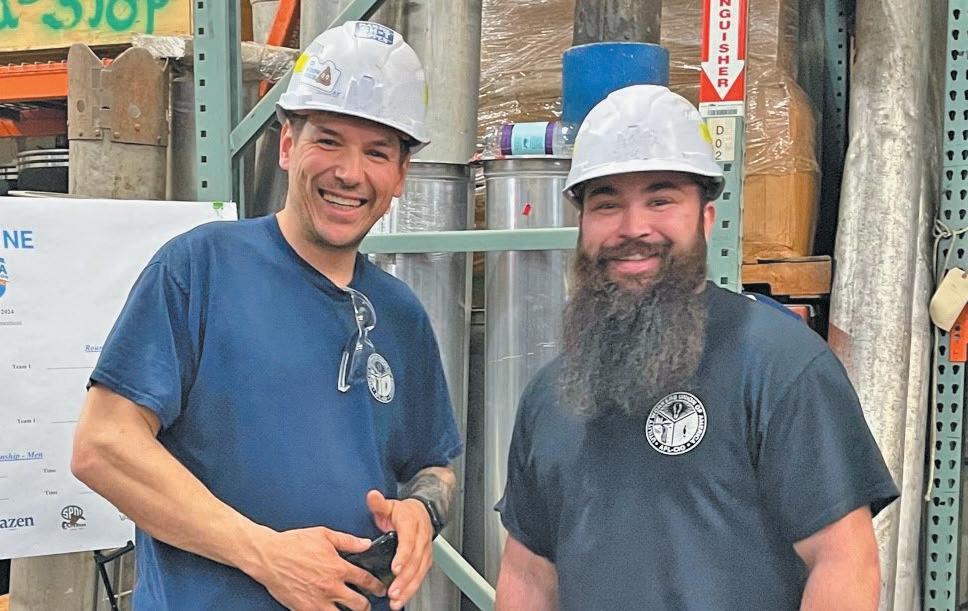
Men’s First Place
Bristol County Water Authority
Nick Deveau
Trevor Souzza
Coach: Dave DaSilva
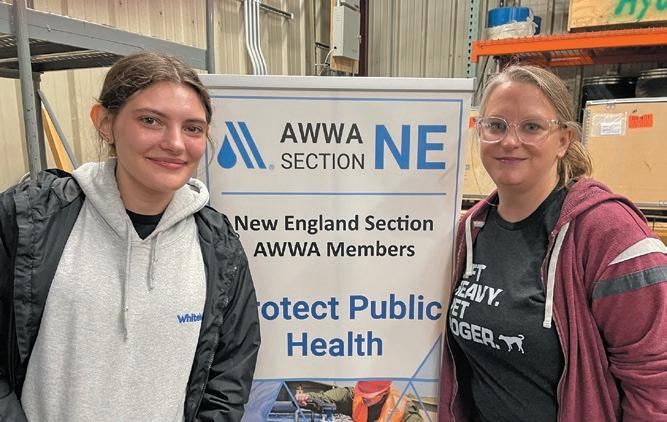
Women’s First Place
WhiteWater
Elycia Hood
Heather Underwood
Coach: Ben Dore

Thank you to our sponsors who supported the event!

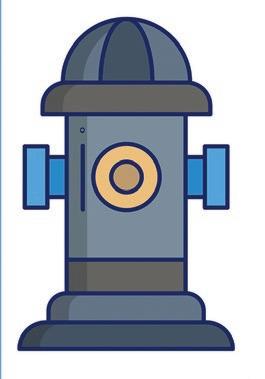

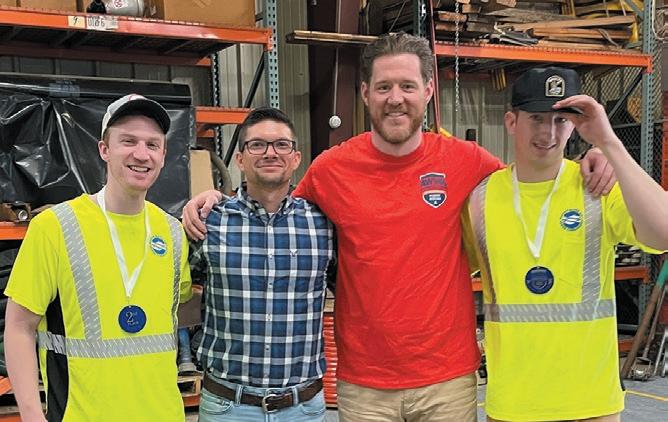
Men’s Second Place
Boston Water and Sewer Commission
Andrew Greenlaw
Jeremiah Waite
Coach: Peter Salvatore
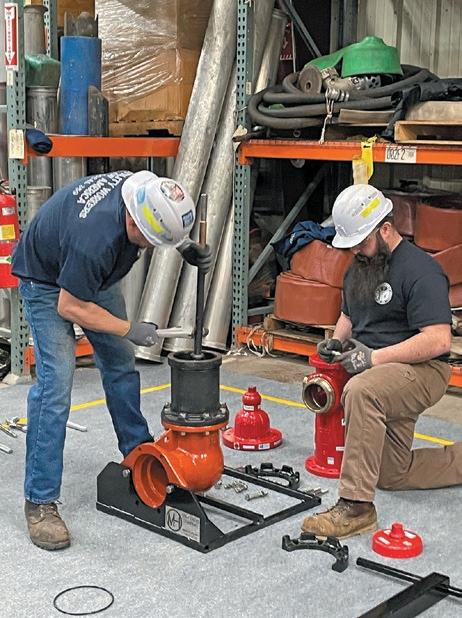


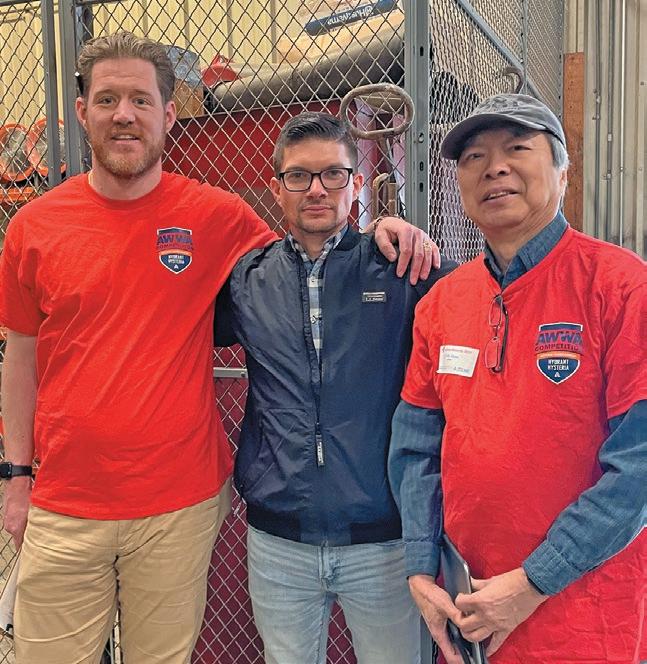
Monitor temperature and pressure with Neptune’s MACH 10® ultrasonic water meter. Get deeper insights for better customer service. Learn more at www.neptunetg.com/mach10.

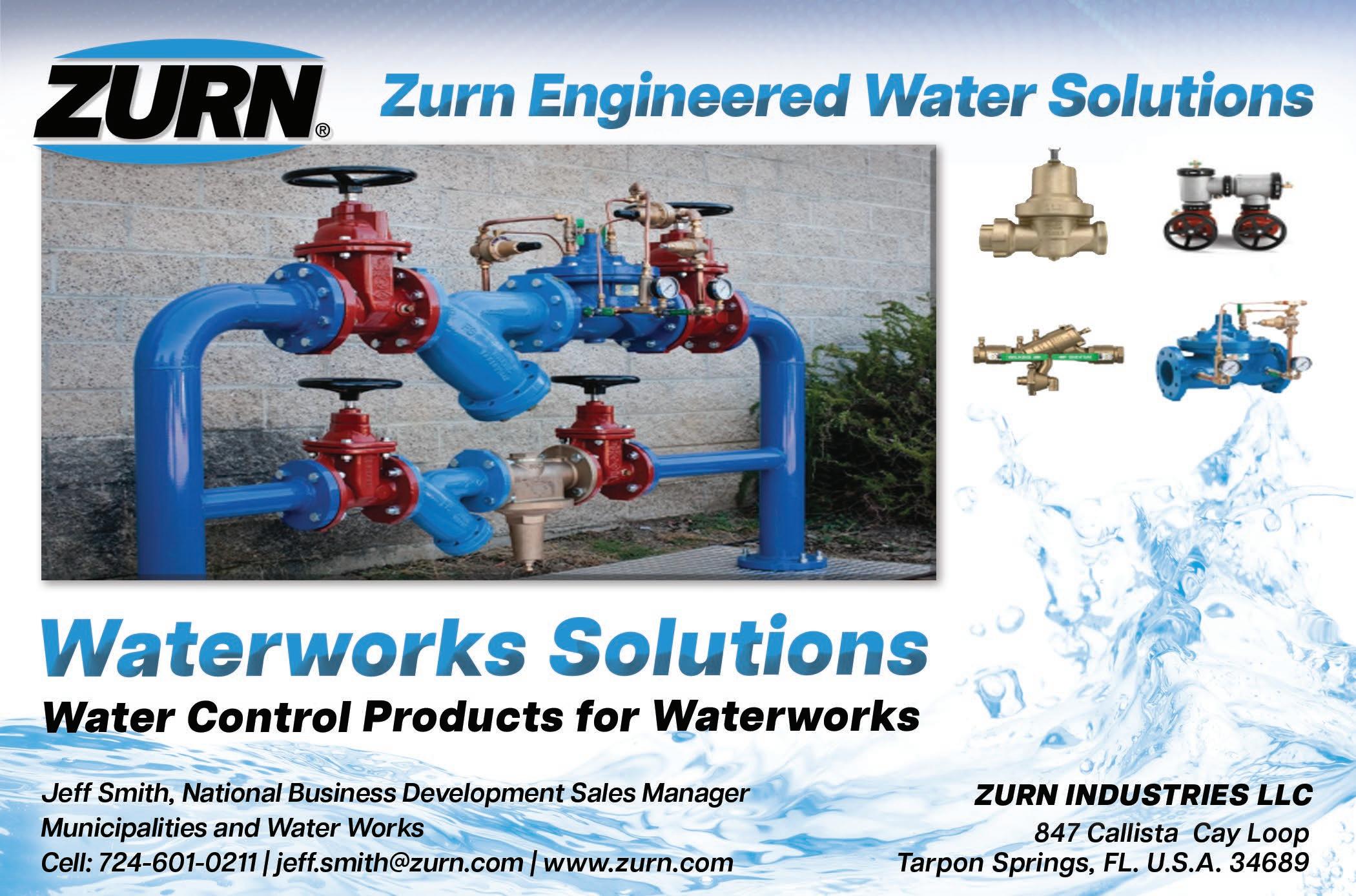
Water and wastewater utilities are on the front lines of safeguarding public health and protecting the environment in America. They ensure that our water is clean and safe for hundreds of millions of people in communities large and small across the country. Many utilities operate in communities that include populations facing economic hardships such as poverty, unemployment, and aging infrastructure. Utilities are not immune to the effects of these hardships, but they are uniquely positioned as anchor institutions to help address them and create positive economic, social, and environmental impacts in their community. This report shares examples of how utilities promote environmental justice, sustain critical infrastructure investments, and partner with others to advance community goals, often with a focus on utility leadership toward community equity. It is a continuation of EPA’s long-standing commitment to work with utilities to promote sustainable management practices, a sustainable water workforce, and sustainable communities.
Anchor institutions are organizations rooted in a specific location that has a long-term interest in the economic and social vitality of the surrounding community. These organizations are often public service entities, such as hospitals, utilities, or universities, that have missions tied directly to the provision of critical services that
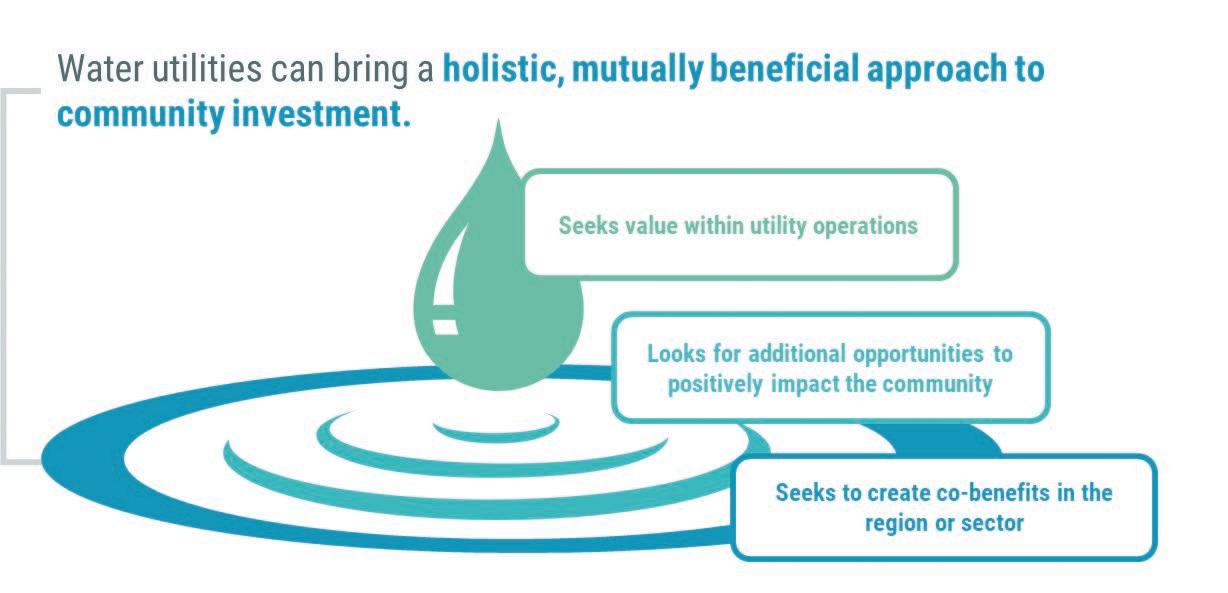
increase the well-being of the community. Importantly, anchor institutions are also place-based; they often own or maintain large physical infrastructure, such as a campus with multiple buildings, water treatment plants, or conveyance pipe networks that provide drinking water and wastewater services. These physical assets root the enterprise in the community in both prosperous and challenging economic times. For this reason, anchor institutions have a long-term stake and a vested interest in a thriving community. Anchor institutions, as a result of their physical structures (built capital), economic and financial assets (financial capital), human or social capital, and community mission have a substantial opportunity to positively contribute to the environmental, economic, and social well-being and resiliency of the surrounding community.

ARE ALL WATER UTILITIES
Water utilities, by the very nature of their core mission, operations, and physical assets, are anchor institutions. Several water utilities across the country are now actively communicating about their contribution and seeking to better understand the broader contributions they can make in their communities. These utilities look beyond fence lines and day-to-day operations. They meaningfully contribute to the well-being of their communities by leveraging utility operations and investments to increase economic health, by inviting community involvement, and by providing active civic leadership. The purpose of this report is to highlight what some utilities are doing –and what a utility can do – to broaden their current contributions to the environmental, economic, and social well-being, and resiliency of their communities.
Water utilities that act as anchor institutions often embed the following characteristics into their operational DNA: • Not You or Me, but We: Utilities see themselves as members of the community and approach challenges or opportunities with a collaborative mindset: what will we – as the community – do to achieve or overcome?
Utilities can leverage partnerships with like-minded entities that are also invested in the community they serve.
• Thriving Today, Thriving Tomorrow: Utilities understand that they will operate in the community for the long haul and can achieve positive, lasting impacts in the community.
• Focus on Building Workforce Capacity and Skill Development: Utilities can improve their workforce capacity by developing skills that achieve professional success, not just for individual staff within the utility, but for their contractors and other businesses that operate within the broader community.
Several water utilities around the country are working to create mutual benefits with their community through five strategic activity areas shown in Figure 1. The activity areas highlighted in this report align with the Community Sustainability attribute of effectively managed utilities. Under the Community Sustainability attribute, the utility takes

an active leadership role in promoting and organizing community sustainability improvements through collaboration with local partners. For example, utility leaders can manage operations, infrastructure, and investments to support the broader economic, environmental, and social health of their community. By integrating water resource management with other critical
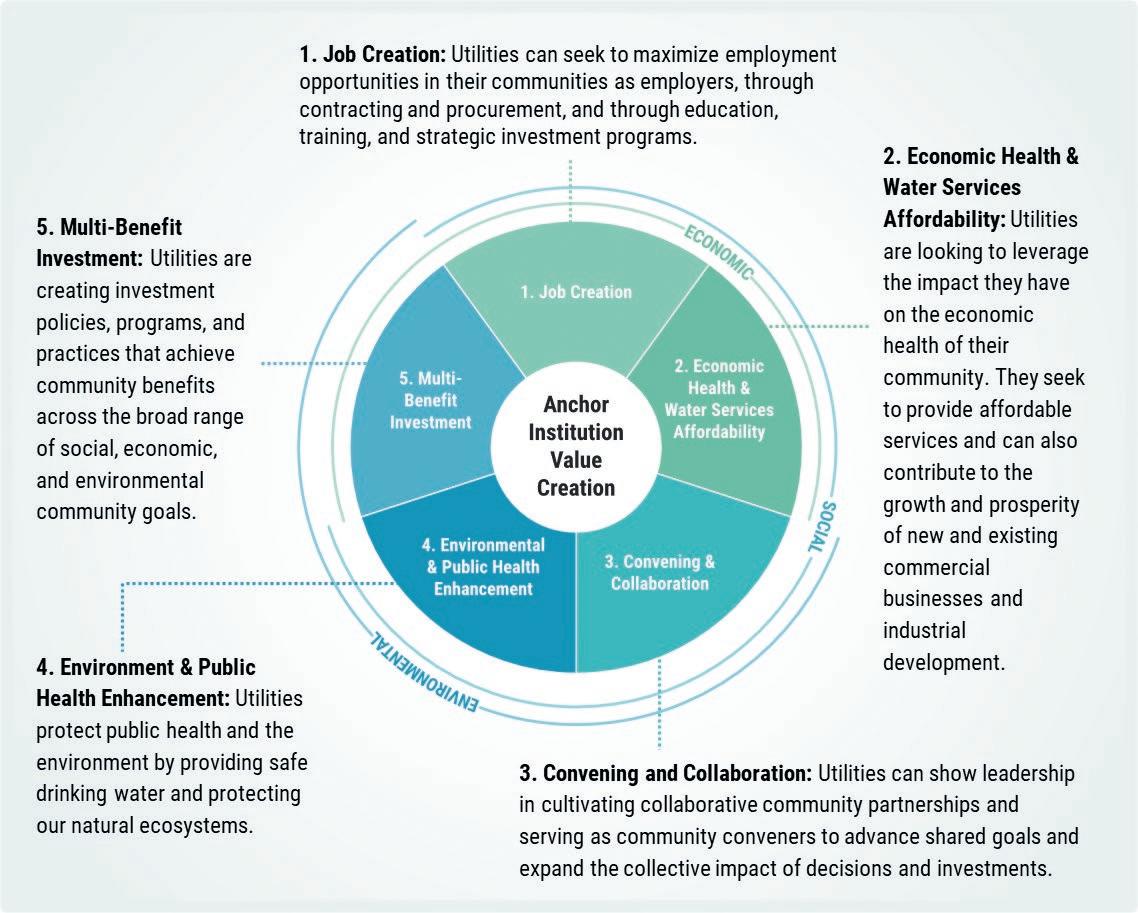
community infrastructure, utility leaders aid social and economic development planning, community-wide resilience, and support for disadvantaged households, community sustainability, livability, and access to greenspace and waterways.
Below are highlights of two communities that have implemented Anchor Utility Activities following each utility highlight, each activity area also includes examples of practices a utility may implement to positively impact the community. As seen in Figure 2, the practices are organized into a range, from baseline to advanced. This range begins with practices a utility may implement when they are focused primarily on achieving value within utility operations and providing clean and safe water to communities. The range then moves outward and includes more advanced practices a utility might implement to positively impact the community directly, where they may seek to increase the positive impact on their customers, community, or region more broadly.
The concepts in this document are based on the everyday work of utilities, and this document includes highlights from the following utilities:
• Capital Region Water (Harrisburg, PA)
• City of Saco Water Resource Recovery Department (Saco, ME)
Figure 1: A visual representation of the five anchor utility activity areas
Every day, more than 50,000 drinking water systems distribute 39 billion gallons of potable water to US homes, industries, and businesses. As discussed in the preceding sections, utilities can impact the economic health of their communities through the cost-effective operation and maintenance of their enterprise. Water utilities spend $109 billion as part of their regular business costs each year, and those investments provide a significant opportunity for community economic growth. They also provide the most essential product needed for economic development – reliable, high-quality drinking water and wastewater services. Simply put, access to abundant clean, and safe water is a central part of economic growth. Water and wastewater utilities, in their role as water resource stewards, are key players in investing in, enabling, and sustaining the economic health of their community.
At Capital Region Water (CRW), located in Harrisburg, PA, the provision of affordable water services is a key consideration in all utility operations. Like many older communities across the country, aging infrastructure and deferred maintenance have exacerbated CRW’s need for significant financial investment to ensure that safe and reliable services are provided. As rates increase to reflect the true cost of service, affordability challenges increase. The median income of households within the City of Harrisburg is $39,685 with more than 30% of residents earning a median
household income less than $25,000. According to the American Community Survey conducted by the US Census Bureau, approximately 30% of households receive supplemental assistance.
To ensure utility services remain affordable to low-income residents, CRW has developed a suite of customer assistance programs centered around equitable water service access. These programs include credit assistance, payment plans, leak adjustment programs, and a winter shutoff moratorium for those unable to pay bills during the colder months. In July 2020, CRW launched a Customer Assistance Program to help reduce monthly water/wastewater bills for low-income residential customers and those facing hardships. The credit assistance option supports residential customers whose income falls below 150% of the federal poverty level and provides an annual $200 credit to residential customers who meet the qualifying income guidelines. To continually balance customer affordability with deferred maintenance
and improvements, the Service Line and Lateral Customer Assistance Program is shifting the responsibility of the public roadway portion of the sanitary sewer and water service lateral to CRW. As a result, if there is a leak, blocked pipe, or pipe break on the street portion of the lateral, CRW will be responsible for repairs and associated costs, reducing the burden on low-income residents.
Through strategic investment and customer assistance programs such as these, CRW is striving to incubate regional economic investment.
CRW is a utility that seeks to invest in its community while also helping to ensure equitable and affordable rates to all community members and customers. Additional example practices included in Figure 3 demonstrate the different types of practices a utility may choose to implement, starting with setting rates and collecting fees to a more holistic community approach that augments rate setting and
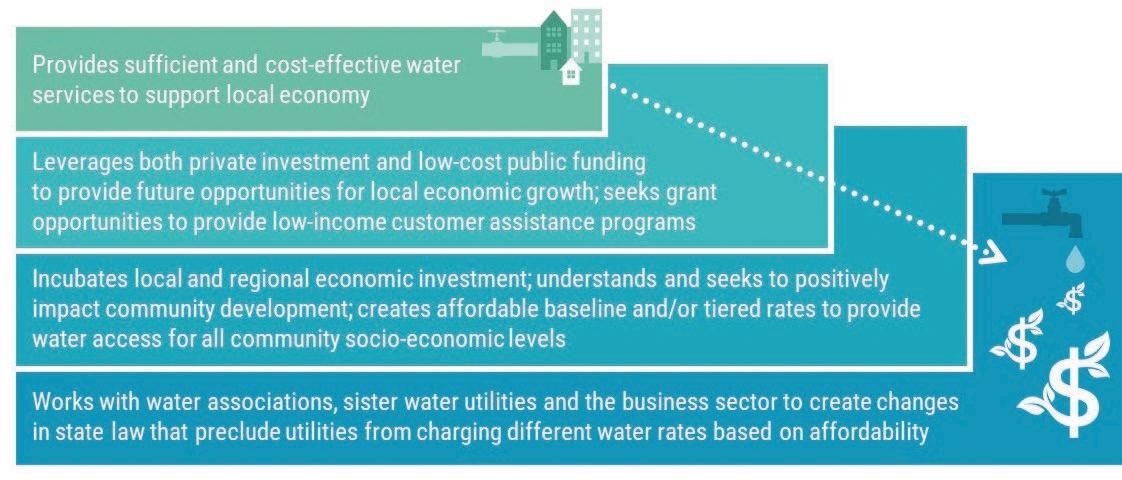 Figure 3: Economic Health & Water Services Affordability Range of Practice
Figure 3: Economic Health & Water Services Affordability Range of Practice
fee collection through community-based investment and community involvement. Practices such as these address equitable rate barriers and infrastructure funding challenges. Through strategic investment, utilities are prioritizing equitable water access for all residents.
Across the US, low-income households often struggle to afford basic services and are three times more likely to have their water and/or sewer service disconnected than other households. Some utilities are addressing affordability concerns through income-based rate structures and incomebased water revenue assistance programs.
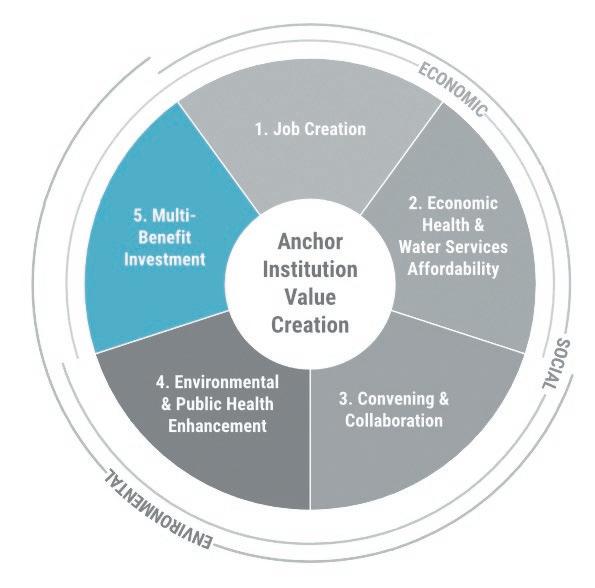
Utilities across the country are often faced with the need to plan for significant investments such as major facility upgrades, long-term control plan implementation, and comprehensive master plans. These are typically necessary to address environmental and public health regulations, aging infrastructure, and operational optimization, as well as to increase resiliency to the impacts of climate change. These capital projects often represent a significant financial investment for a utility and community. They can also offer a valuable opportunity for a utility to support multiple utility and community goals by considering the full range of
These programs help avoid water shutoffs and even home foreclosures due to unpaid bills through more affordable water and sewer rates. In turn, utilities benefit from reduced displacement, reduction of building vacancies, and less time spent in collections of unpaid bills and water shutoffs. However, in many states, legislation may restrict the ability of utilities to charge customers different rates based on income/poverty level. Utilities with these restrictions may consider working with legislators to better understand and address these barriers.
Utilities across the country have implemented CAPs that focus on an individual customer’s ability to pay for drinking water and wastewater services.
In 2016, EPA’s review of 795 utilities showed that almost 30% offer one or more CAP options to their customers. These programs address a variety of reasons a customer may have difficulty, from households on a fixed or lower income to those facing a temporary crisis, such as job loss, illness, or other domestic situations. CAPs may reduce a customer’s bill, create more flexible terms for payment, create a subsidized rate for a fixed amount of water, help customers on a short-term or one-time basis, or provide financial assistance for leak repairs or water-efficient upgrades. For more information on CAPs, visit EPA’s 2016 report, ‘Drinking Water and Wastewater Utility Customer Assistance Programs.’
UTILITY HIGHLIGHT: SACO WATER RESOURCE RECOVERY DEPARTMENT
economic, social, and environmental benefits. Through collaboration with the community and a multi-benefit approach, utilities are better able to serve the multiple needs of both the utility and the community to ensure the best use of often limited financial resources.
UTILITY HIGHLIGHT: SACO WATER RESOURCE RECOVERY DEPARTMENT
Saco Water Resource Recovery Department (WRRD) is a utility on the Saco River in Maine that serves almost 12,000 residents and more than 375 businesses. The facility’s location and gravity-dependent wastewater system leave it vulnerable to intermittent flooding during high tides,
periods of high precipitation, and storm surges. The intermittent flooding threatens WRRD’s ability to operate within regulatory requirements.
In 2019, following another high-water event, WRRD began the development of a Long-Term Resiliency Plan (LTRP) to protect the plant from flooding concerns and to establish a resilient path forward to address site constraints, aging infrastructure, and population growth. The overarching goal of the LTRP is to ensure that WRRD can provide high-quality, reliable sewer services to the City of Saco. WRRD leadership recognized that the LTRP was an excellent opportunity to engage with the community to gain an understanding of
community priorities, elevate community understanding of the project, and support a plan that will require a significant financial commitment from the city and its residents.
To effectively engage the community in its technical planning process, WRRD used EPA’s Augmented Alternatives Analysis method. This method helps utilities evaluate the full range of social, environmental, and economic benefits that investments can create and provides a common ground for utilities and their communities to communicate solutions. As part of this effort, WRRD created a Coastal Resiliency Committee composed of a diverse group of stakeholders, including, but not limited to, environmental groups, the city council, the maritime industry, and consulting firms – many of whom have roots within the Saco community. WRRD first worked with the Committee to develop a set of community priorities. The priorities are to improve system resiliency, ensure financial sustainability, improve ecological and environmental health, increase public awareness and appreciation of the value of water services, and bolster community livability. WRRD used these community priorities to develop specific goals for the LTRP.
In spring 2021, WRRD evaluated potential LTRP project alternatives based on their performance relative to the communityinformed project goals and presented their results to the Committee. WRRD further plans to bring the Committee together periodically to provide updates and to gather input on the LTRP process. The community‘s goal is to identify an investment package that addresses the technical and operational needs of WRRD’s
system while incorporating community priorities to implement a cost-effective solution with the greatest utility and community benefit.
The WRRD Highlight provides an example of a utility that has integrated community priorities and economic, environmental, and social criteria as key decision-making criteria to guide long-term investment decisions. The range of practices outlined in Figure 4 includes additional example practices a utility may implement to bolster its investment decision-making to achieve a wider range of benefits for its community.
Low-income communities, communities of color, tribal communities, and rural communities can be more likely to experience lower quality public services, negative impacts on business and industry, and impacts of aging or failing infrastructure. Anchor utilities routinely make investment decisions to ensure they can consistently and effectively provide services. These investments represent significant opportunities to positively benefit their community’s social, economic, and environmental needs. As utilities begin to expand decision-making criteria to encompass the full range of benefits, they may also consider how addressing equity can be incorporated into decision-making.
There is growing awareness that utility investments provide multiple benefits to the community. Utilities have struggled with a method to quantify and incorporate

Figure 4: Multi-Benefit Decision-Making Range of Practice
benefits that are more qualitative in nature, such as some environmental or social benefits. EPA’s Augmented Alternatives Analysis method scales economic, environmental, and social benefits to quantify and effectively compare on an “apples to apples” basis to determine the alternative with the highest benefit-to-cost ratio for both the utility and the community. For more information, visit www.epa.gov/ sustainable-water-infrastructure/planningsustainable-water- infrastructure
Every day, water utilities act as anchor institutions rooted in their location and embrace a long-term commitment to the success of their communities. They positively contribute to the environmental, economic, and social well-being, and resiliency of their communities. All across the nation, anchor utilities are creating shared value through strategic activity in their approach to job creation, convening and collaboration, environment and public health, investments, and economic health and water services affordability. Importantly, anchor utilities can help to address inequality and economic, environmental, and social challenges through policies, programs, and practices.
The utilities highlighted within this document provide examples of the meaningful relationships and positive impact utilities achieve in their communities. Together with the community, anchor utilities seek to build capacity and skills and community results well beyond the utility fence lines.
This article is excerpted from EPA’s Water Utilities as Anchor Institutions Report. For additional information please go to the following link www.epa.gov/sustainablewater-infrastructure/water-utilities-anchorinstitutions. For more information on anchor institution, please contact Leslie Corcelli, EPA Office of Wastewater Management (corcelli.leslie@epa.gov) or Michelle Madeley, EPA Office of Community Revitalization (madeley.michelle@epa.gov).
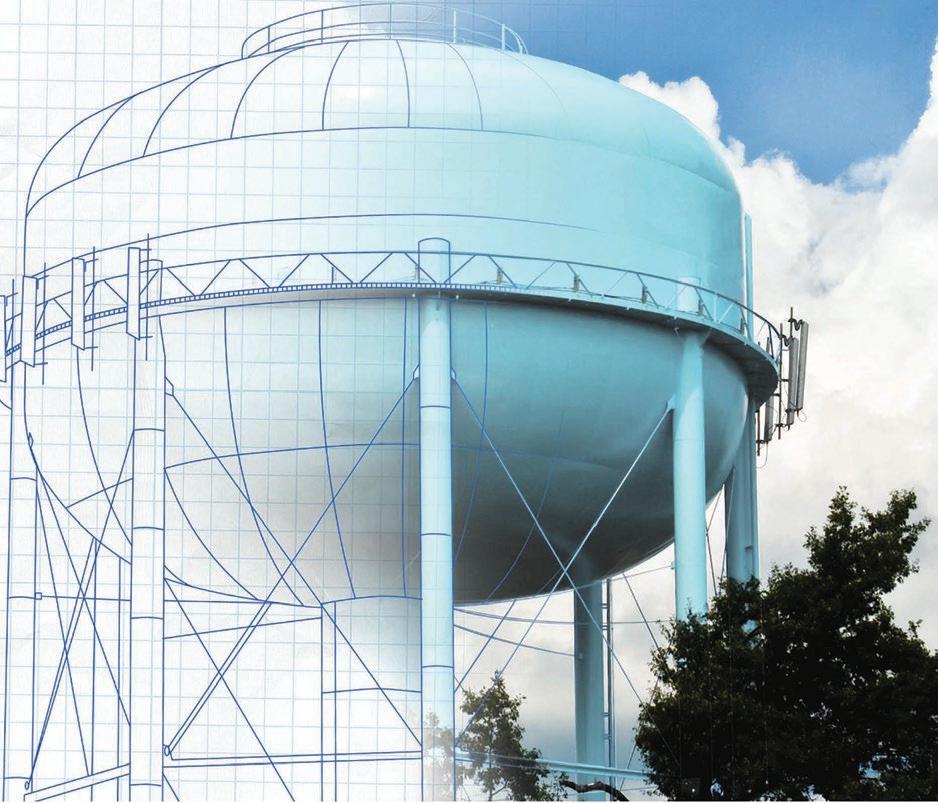

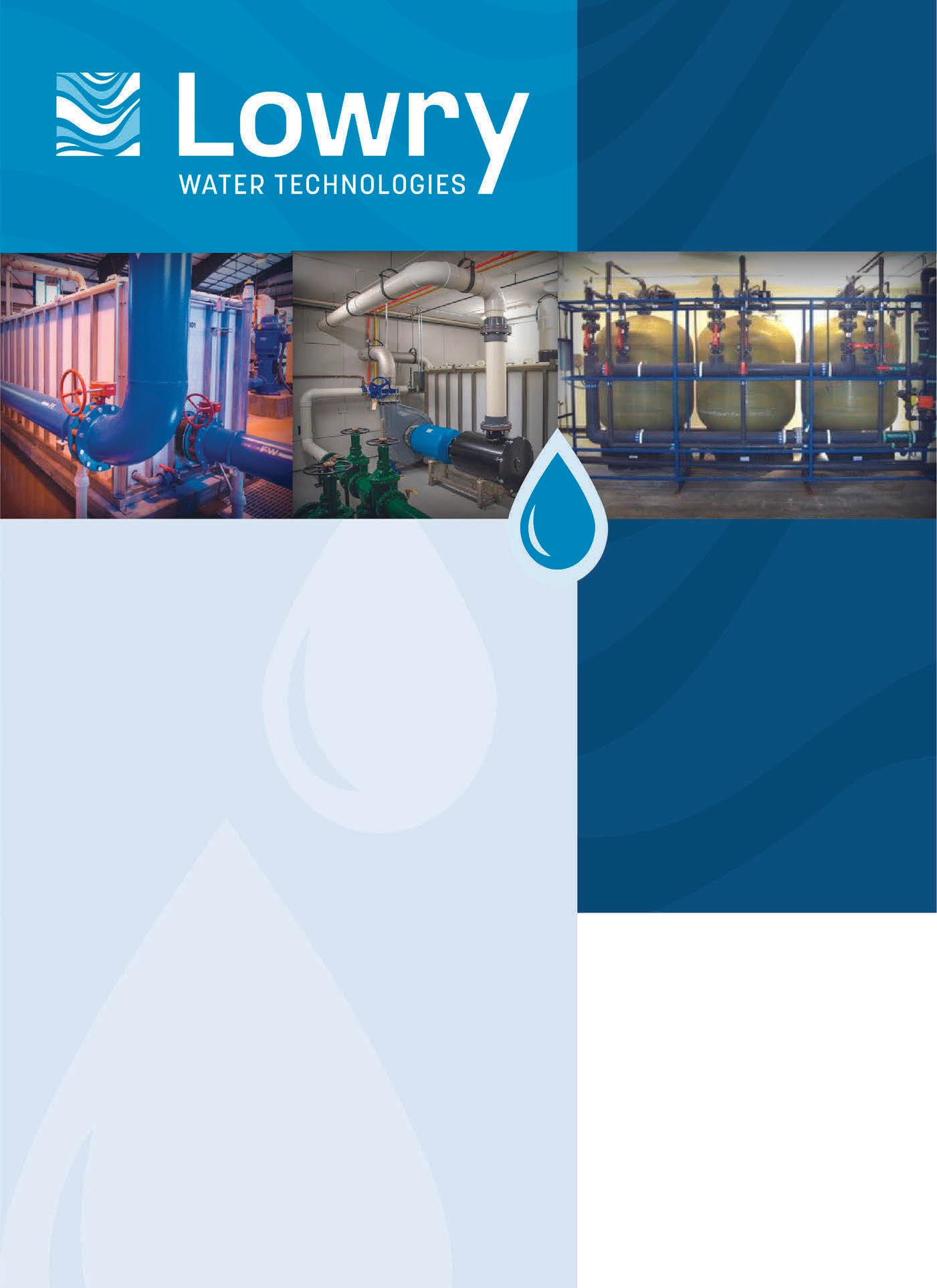
•
•
•
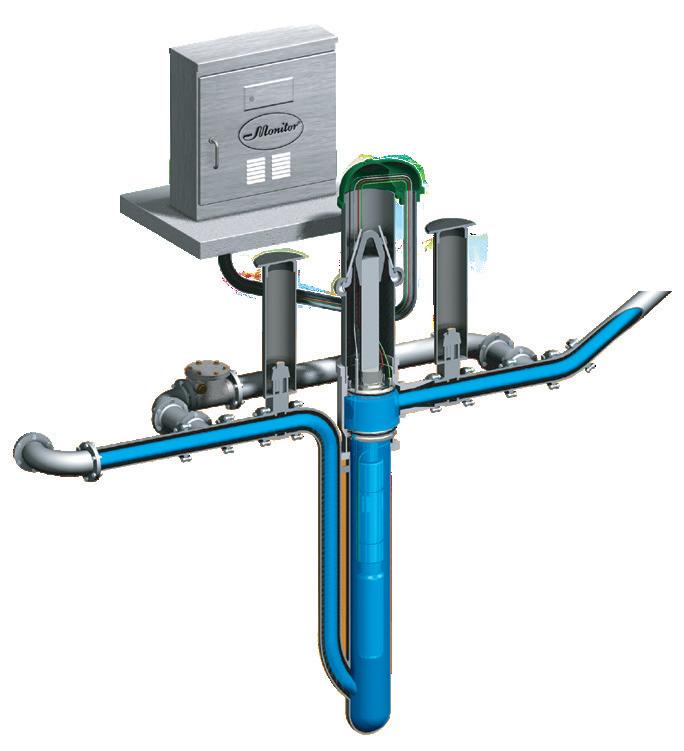




Many water utilities across the country face conflicting challenges when it comes to water affordability and conservation. To improve affordability, they want to lower bills for their low-income customers. To improve conservation — in response to drought, long-term supply issues, or regulatory concerns — they want to decrease usage systemwide. However, most of their costs are fixed. Given that most utilities employ a commodity-based revenue recovery model, they have to increase their rates if customer usage decreases. This leads to a challenge: how does a utility encourage conservation without shifting additional cost burden to its low-income users?
A very common answer to the problem is to implement increasing block rates: these encourage customers to use less water by making water progressively more expensive in higher usage tiers. Generally, a customer pays a low rate for initial usage (which is often based on an ‘essential’ amount of water use), followed by a steady increase in the unit price for each additional unit of water purchased in higher tiers. If the differentials between tiers are calibrated carefully, this can lead to a rate structure that is theoretically very efficient, where tiers that include essential water are charged low rates and tiers that include excess water are charged high rates. Think of a family of four in a small home with no lawn that only uses water to drink, bathe, and clean compared to a mansion that has sprinklers on during a rainstorm. Not all usage is of equal importance; most people don’t eat grass.
Though inclining block rate structures can be effective at addressing affordability and conservation issues simultaneously, many communities still have customers who struggle to afford their water bills. This issue, in addition to the increasing attention paid to utility affordability, has led to a rise in customer assistance programs (CAPs). Though not all CAPs are funded via cross-class subsidization, most of them are. Generally, the utility implementing the CAP looks at the amount of revenue they will lose by charging discounted rates to certain customers, adds that amount of lost revenue to the revenue required to administer the program (which includes marketing, enrollment, and other tasks), and places that sum as an item in their annual budget request. Though generally not stated explicitly, the lack of revenue from one class necessitates
additional revenue recovery from all other classes. (There are exceptions to this standard: some programs have been funded with federal or state grants, though programs that receive permanent funding in that way are rare. It is also worth noting that several states have made cross-class subsidization explicitly illegal).
Theoretically, utilities with inclining block rate structures and CAPs can say that they’re addressing affordability and conservation as comprehensively as possible. In some cases, these structures work as intended, which makes these statements true. There remain, however, significant exceptions. We believe the most prominent one has to do with renters who do not have direct relationships with their water utilities and thus do not pay their bills directly. We want to address that particular exception here.
The problem with renter water utility affordability is generally related to the lack of submetering. Most commercial residential buildings have one master meter through which all water flows. Though usage flows from the master meter to the individual apartments based on their demand, differing usage between apartments is rarely tracked, especially in older buildings. As a result, property owners generally pass along water utility bills through rent, rather than through direct bills. The most basic method is to consider an average annual water/wastewater/ stormwater bill, divide it by the total number of units, and include that amount in each unit’s rent. It is worth noting that certain states, like Massachusetts, make it illegal to directly bill tenants for water if no submeter is present.

Renters who live in these kinds of buildings do not end up with a direct relationship with the utility. They, therefore, do not generally qualify for CAPs, since CAP enrollment is usually reliant upon owning the property you reside in, or at least having an individualized bill to which the discount can be applied. Since they cannot qualify for CAPs, renters fall into the classes that subsidize the CAP. And since renters often have lower incomes than homeowners, traditional CAPs can lead to some of the lowest income earners in a community providing subsidies rather than receiving them.
The challenge of enrolling those living in multifamily properties into CAP programs is not new. It is discussed frequently in the industry. However, the difficulty of enrolling these ‘hard-to-reach’

customers combines with the lack of submetering in multifamily properties to create an affordability nightmare. And that combination is discussed much less frequently.
Though some communities have multifamily rates, they are not widespread. Generally, multifamily property owners pay the same rates as all residential customers. And those rates are usually set based on usage thresholds common for single-family homes. As a result, usage for large multifamily properties quickly jumps into the highest tier and is billed at the highest rate. For example, if there are forty households in a particular apartment building, one can imagine that their billed usage — since it all flows through the same master meter — would rapidly blow through the lower tiers set for a single household’s usage.
An alternative option to adopting multifamily rates is to take the total usage for a multifamily property, divide it by the number of units in the property, and run that usage through the normal tiers to determine a total bill (including the unit’s portion of any fixed charges), and then multiply that bill by the number of units in the building before passing it onto the owner or property manager. While this method is certainly feasible — and more equitable, in that each unit in the building is treated akin to a single-family home — it can be administratively burdensome for the utility. Additionally, it does not guarantee that landlords will lower the rent when they see substantial water bill savings.
The upshot of these factors is that many renters end up paying the same unit price for their essential water that single-family homeowners and residents pay for their least essential water. It is not uncommon for a renter — via a water bill that is passed on through rent — to pay more for the water they use to drink than a homeowner pays to water their lawn and fill up their pool during the hottest periods of the year. For example, usage data from one northeast city suggest that residents of the city’s large apartment buildings (categorized as containing more than eight units) pay an almost 30% premium on their water compared to single-family properties. Although luxury apartment buildings are increasing, many large multifamily properties in highly urban areas contain large numbers of poor residents and families. Add to this the fact that renters are often unable to enroll in CAPs and the result is as uncomfortable as
it is clear: in the name of incentivizing conservation and addressing affordability, many utilities are unintentionally levying the highest water rates on the lowest-income users.
What to do about this problem is not clear. Some utilities have passed on subsidies to renters via electric bill subsidies. But this response is a workaround that addresses the symptom (high bills) rather than the cause (lack of a meter recognized by the utility) and is only possible when the same entity that owns the water utility also owns the electric utility. Another commonly proposed solution — installing submeters in every apartment — is expensive and logistically difficult in many older buildings (and would have to be concurrent with rate structure or billing changes to lower costs). Other utilities have attempted to pass on subsidies indirectly through the landlord – but this requires landlords to complete additional administrative work, which they are not necessarily incentivized to do.
What is clear is that this problem is significant and is only expected to get worse. As a result of a changing regulatory, environmental, and economic climate — the lead pipe rule, the new PFAS rules, aging infrastructure, declining federal and state infrastructure support compared to prior decades, increasing construction costs, and long-term supply concerns — the industry widely expects water rates to continue outpacing inflation for decades to come. Following the status quo of rate design will likely lead to those with the lowest financial capacity paying much more than their fair share of the costs.
This is a problem borne of good intentions. Inclining block rates are designed to clearly delineate between essential and non-essential water use and to charge accordingly. Customer Assistance Programs are designed to support those who struggle to pay for essential usage. Water utilities can only interact with customers who pay them directly. But we cannot look away from the consequences of designing these structures and programs around single-family properties that have direct accounts with the utility. In many towns and cities, essential water use is billed at a low rate for homeowners and a high rate for renters, while low-income homeowners can enroll in a CAP that is subsidized by low-income renters. This is not what water affordability should look like.

When Champlain Water District (CWD), Vermont’s largest water supplier, established its source water protection and monitoring practices years ago, it relied on partnerships for safe water and in-house expertise. The District was the first water supplier in the US to receive the Partnership’s Excellence in Water Treatment Award in 1999, an honor it has maintained ever since and has become a role model for water utilities across North America.
Source water management is vital to help ensure high-quality drinking water, especially as climate change threatens the quality of source water through more frequent and severe weather events. By creating a relationship between source water management and treatment facility operations, utility staff can be uniquely prepared for abrupt changes in source water characteristics. For example, linking source water monitoring with water filtration operations gives utility staff an early indication of changing source water conditions. Sensors and data analysis
equipment provide real-time information to help guide facility management decisions based on each watershed’s special characteristics and topography. Such indicators are valuable in evaluating the watershed and water quality at the upstream source and the potential impact on downstream treatment facilities.
CWD pulls source water from Lake Champlain. The Peter L. Jacob Water Treatment Facility is located in South Burlington, VT, at Shelburne Bay. Lake Champlain holds 6.8 trillion gallons (20.9 million acre-ft) of water. Although the lake boasts 435 square miles of surface area, it’s actually a series of basins interconnected by relatively shallow water. (The shallowest basin is 10 feet deep; the deepest basin goes down more than 400 feet.) Shelburne Bay holds 33 billion gallons (101,273 acre-ft). From this source, the District provides wholesale water service to 12 municipal systems covering 70 square miles of county service area with more than 25,000 connections and 83,000 customers.
CWD’s manifold water intakes in Shelburne Bay endure the effects of strong, sustained winds and currents. Because of Lake Champlain’s north-to-south orientation (ultimately flowing north to Canada into the St. Lawrence River), prevailing winds typically blow from the south in late spring, summer, and early autumn and from the north in late fall, winter, and early spring. These wind characteristics create a lakelong internal standing wave during stratified times of the year known as an internal seiche, which travels the lake’s length every two to four days.
Considering Shelburne Bay’s specific topography, strong currents at depth circulate toward the north to Lake Champlain. The pattern limits quiescence at depth and has a major positive effect on source water. However, on rare occasions, source water quality can be negatively affected during stratified conditions by coinciding thermocline depression and water runoff, or during nonstratified conditions by extreme winter or spring rain/ snowmelt runoff.
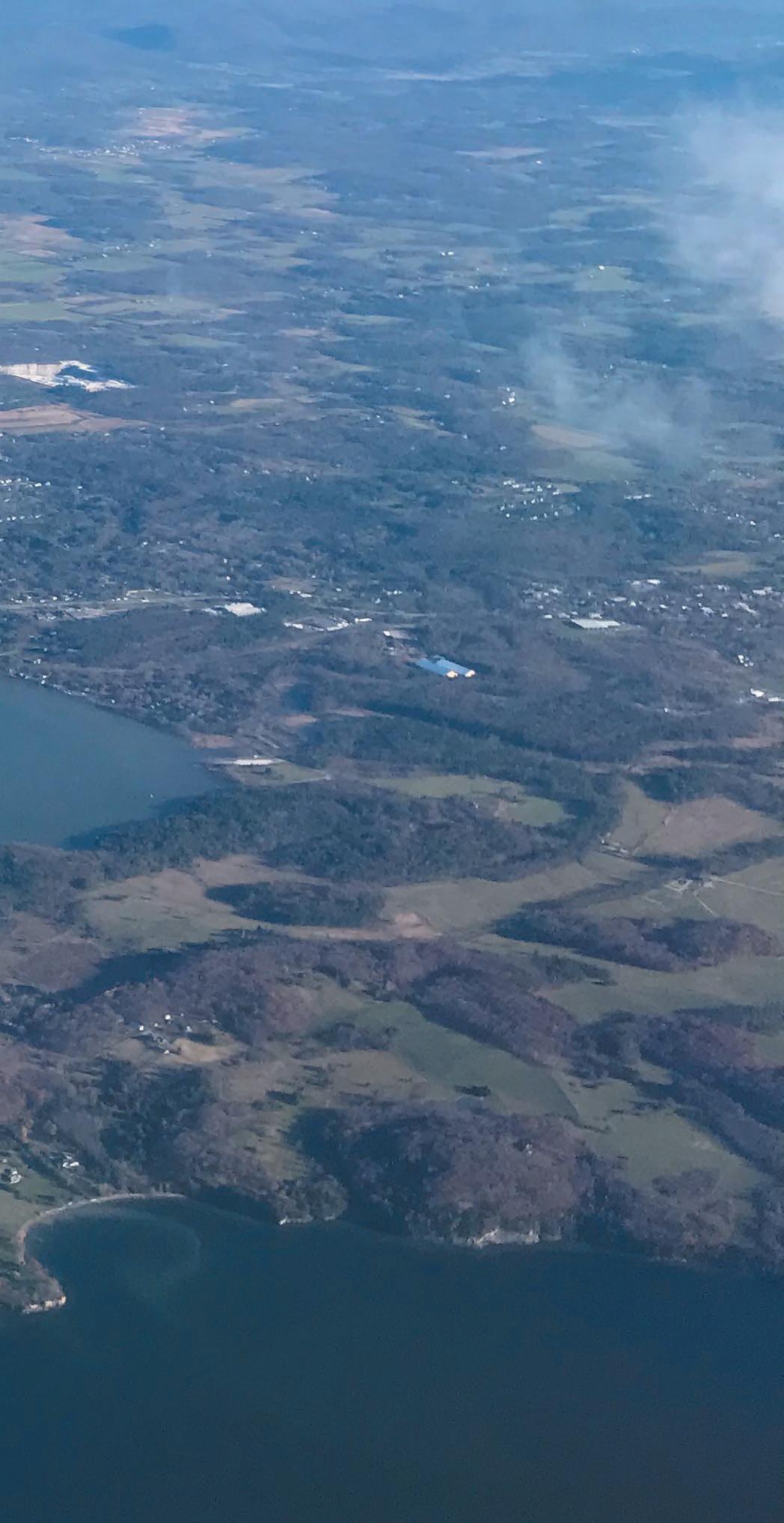
With these factors in mind, CWD’s water quality operations staff monitors the two manifold intakes located 2,500 feet from the shoreline at a depth of 75 feet (10 feet above the bay’s bottom). Relatively small streams potentially influence Shelburne Bay from the 70-square-mile watershed, which isn’t affected by flows from the Green Mountains to the east or the Adirondack Mountains to the west. According to District staff, it would be difficult to design a better source water situation than that which occurs naturally in the bay’s deep underwater canyon. CWD also closely monitors flow conditions on the LaPlatte River, which is the largest stream flowing into the bay.
A key concept CWD developed during its journey of excellence is to closely tie watershed source water management with the facility’s water filtration processes. The District’s staff works closely with a targeted monitoring system that provides real-time data, allowing staff to track variations in source water flow and discharge effects to Shelburne Bay from the LaPlatte River.
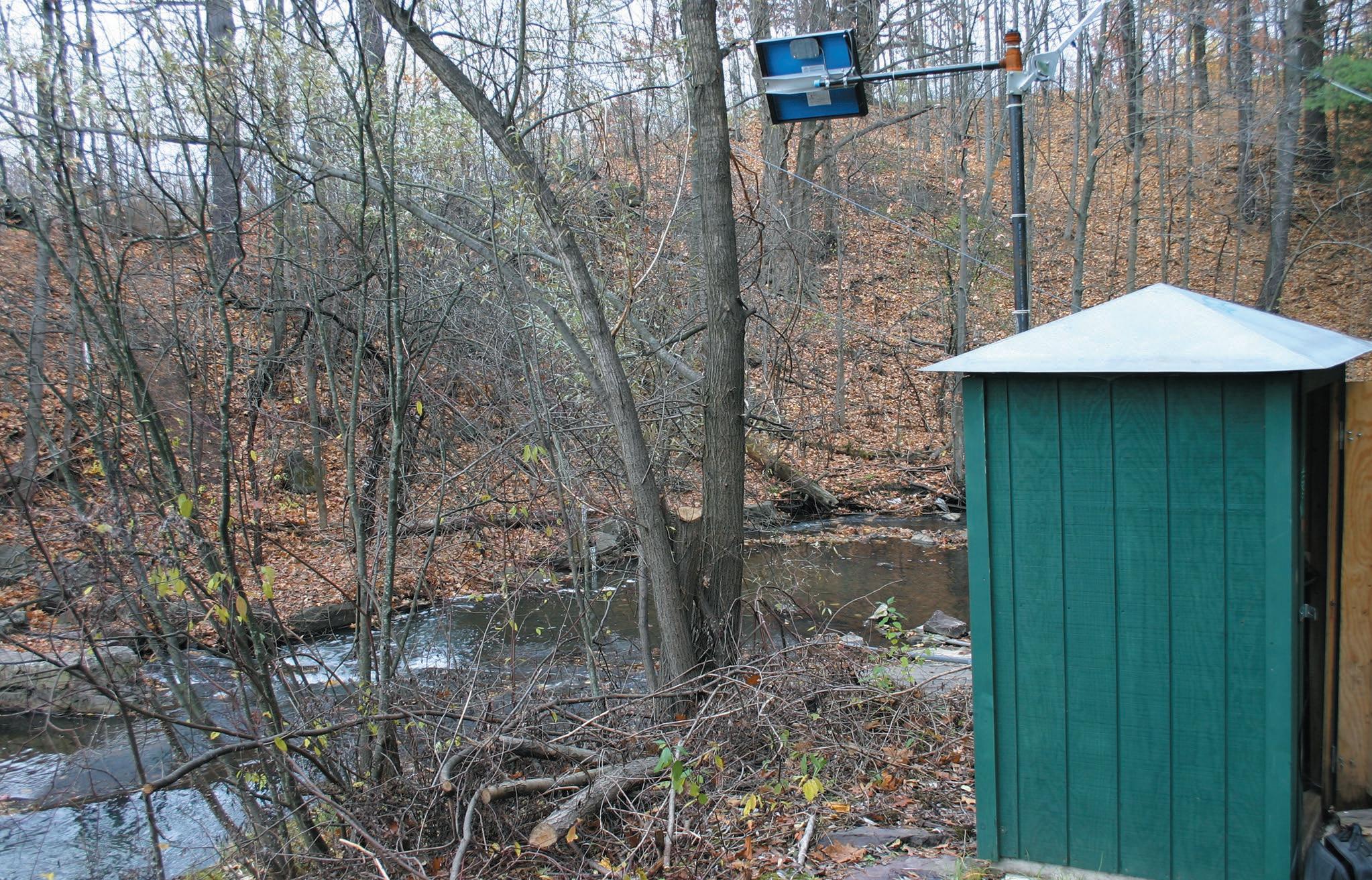
CWD partners with the US Geological Survey (USGS) to operate a gauging station at the LaPlatte River’s upstream source location. In addition, a thermistor string installed at the intake provides real-time temperature profiling across the water column to monitor temperature stratification at the source. Data collected at the station and the thermistor string helps District staff anticipate turbidity events and optimize facility operations. Also, local National Weather Service data show snow depth and air temperature during rain/snowmelt events. These data, combined with information from the USGS station and intake thermistor string, allow the staff to estimate water density and
predict the potential impact on the deep underwater canyon intakes. When flows reach their peak at the USGS gauging station, the water will arrive at the facility within 18 to 96 hours.
A turbidity event that resulted from autumn weather patterns on November 6, 2019, illustrates how CWD uses source water monitoring to optimize filter operations. In October 2019, South Burlington faced early weather systems that left 10 inches of snow along Shelburne Bay’s shoreline, with greater amounts in higher elevations. Then warm weather settled in, and a heavy rainstorm occurred on October 31. Streams and rivers swelled with snowmelt and stormwater. The LaPlatte River’s runoff
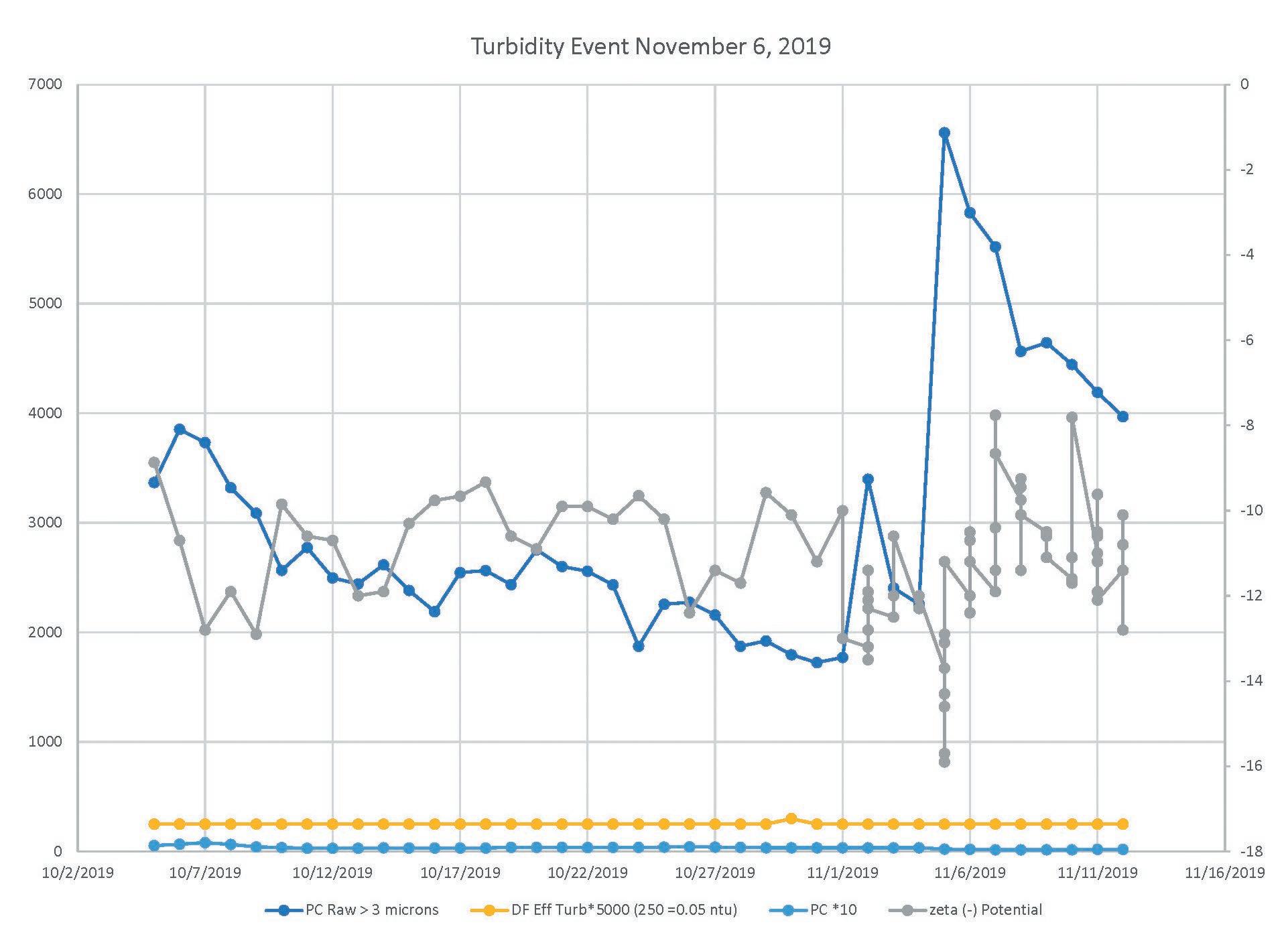

on November 1 at 5 am hit 3,000 cubic feet per second (CFS) – six times the previous high (517 CFS) recorded two weeks earlier. Source water turbidity increased by a factor of 10, with the potential to affect facility operations.
During the heavy rain and snowmelt, the flow was monitored at the river’s USGS gauging station. CWD’s water quality operations team was aware of what would occur at the facility based on the data and when more challenging water conditions could arrive at the intakes. Quickly, staff implemented high-turbidity standard operating procedures, including dosage changes and filter run-time modifications, keeping a close eye on river flow data as the storm continued.
To stabilize facility operations, CWD’s staff analyzed source water turbidity and particle counts as well as treated water zeta potential readings. All of these parameters need to be considered to optimize individual
and combined filter water turbidity and particle count levels.
CWD’s source water normally contains plankton, along with sand and clay particles. Such particles repel each other naturally. The District uses a charge destabilization process so the particles will ‘stick’ to each other and gather into floc particles that will stick to the media in CWD’s contact adsorption clarifier and deep-bed tri-media filters. Zeta potential analysis helps steer coagulant dosage. Coagulants allow CWD to change the charge of the natural particles, and zeta potential analysis lets them add the correct amount of positive coagulant so particles become less negative and more ‘sticky.’ This plant optimization process, using zeta potential, is much more important during events like the one in November 2019 in which particle makeup can significantly vary.
The November 2019 turbidity event in Shelburne Bay was dramatic, as shown in the aerial photo. The bay is shown on the
right between two land points, with Lake Champlain on the left. A distinct difference in water color is noticeable at the bay’s entrance, indicating the higher turbidity water that normally flows north quickly from the bay to the lake during such events. In this event, strong winds blowing from the north held the turbidity within the bay for several days. Once winds weakened and shifted from the south, turbidity dissipated and left the bay.
Such source water monitoring efforts provide valuable insights for treatment optimization. In short, CWD’s staff tries to embrace mother nature’s information in the best ways possible. The District’s long-term focus on source water management has created public trust and a strong reputation for delivering high-quality water. The District’s efforts have also led to a forwardthinking, non-complacent, and responsive culture that embodies Partnership principles and protects public health.


Did you know that one in three Americans is served by the Partnership for Safe Water’s programs? This prestigious alliance, composed of seven leading drinking water organizations, is dedicated to enhancing water quality by providing water utilities with the tools to optimize system operations. The Partnership’s comprehensive self-assessment process involves a full review of your treatment plant and distribution system operations, data collection, and performance to develop a series of action plans that lead to overall operational improvements. (The Partnership also features a selfassessment program for wastewater treatment facilities.)
Here’s why you should consider joining this esteemed partnership:
The Partnership’s self-assessment process empowers utilities to significantly enhance their water quality. On average, plants that complete this process achieve a reduction in combined filter effluent turbidity by over 60%. This continuous improvement leads to operational efficiencies and superior water quality year after year.
Participating utilities are eligible to receive Partnership awards, fostering stronger relationships within the community and enhancing public trust. These accolades provide positive recognition, reinforcing the utility’s commitment to delivering highquality water and protecting public health.
The Partnership fosters a culture of continuous improvement and operational excellence. The program’s staff and network of utility volunteers offer invaluable coaching and mentoring, providing utilities with the tools and knowledge to excel.
Participation in the Partnership demonstrates a proactive approach to compliance with future regulations, enhancing regulator confidence. This forward-thinking approach is a testament to the utility’s commitment to maintaining outstanding water quality.
The Partnership’s awards and recognition programs can bolster customer confidence
and foster community support. This positive reinforcement can play a crucial role in building strong relationships with the community.
The Partnership’s programs enhance teamwork at all levels, contributing to a more efficient and effective workforce. This collaborative environment leads to improved operations and a highly motivated team.
Why wait to join this prestigious alliance? The Partnership for Safe Water is an investment in the future of water and in your community. It’s a commitment to delivering safe and high-quality water, the protection of public health, and strengthening public trust.

Visit awwa.org/partnership to get involved and download the first chapter of our guidebook at no cost, providing you with a glimpse of our mission.
Should you have any questions, please don’t hesitate to contact us at partnership@awwa.org. Your path to water quality excellence begins here. We look forward to joining you on your journey to optimization!
Name Company Name
Elizabette Batista Chicopee Water Department
George Beaulieu Quonset Development Corporation
Christopher Boyle Greenville Water District
Kathryn Carreira Tata & Howard, Inc.
Molly Caruso Tata & Howard, Inc.
Steven Cheney Whitinsville Water Company
Deacon Clark Tighe & Bond, Inc.
Stephanie Disla MWRA
John Earnshaw Monarch Instruments
Andrew Evans RCAP Solutions
Rosana Garcia
Katie Greene MWRA Library
Brooke Goggins
Cliff Hall Lowell Regional Wastewater Utility
William Horne NDT Corporation
Travis Kemp Bellows Falls Village Corp.
Cameron Kendall Bangor Water District
Matthew Kerr
Christine King TEC The Engineering Corp.
Sarah Kooiker CDM Smith
Kristopher Krug Name
Jeremy Linscott Bangor Water District
Ryan Malaquias Worcester Polytechnic Institute
Daniel McLaughlin Westwood DPW
Jonathan Medeiros Weston and Sampson
Lorenzo Michaud
Matthew Morganelli Tata & Howard, Inc.
Nate Newton McKinsey & Company
Paul Perrotti R.I. Analytical
Sumit Phalak
Mark Pinnetti Westwood DPW
Karl Quill
Lev Sanford Bristol County Water Authority
Scott Schwinger Templeton Municipal Light & Water Plant
Martha Sheils New England Environmental Finance Center
Anna Laura Alegria Silveira Wright Pierce
Meghan Sobolic Tyler Technologies
Samuel Taugher Tighe & Bond, Inc.
Julie Torelli
Jose Vargas Aquilla and Neptun Enterprises, Inc.
James Vieira Bristol County Water Authority





Pipeline Condition Assessment Seminar: Developing Water Utility Action Plans
August 19, 2024
8:30 AM to 12:00 PM
Courtyard by Marriott Boston Downtown 275 Tremont Street • Boston, MA 02116
Decide when the best time is to maintain, repair, rehabilitate, or replace assets.


Rate-Setting Essentials: Connecting Financial Planning, Cost-of-Service and Rate Design
August 19, 2024
8:30 AM to 12:00 PM
Courtyard by Marriott Boston Downtown 275 Tremont Street • Boston, MA 02116
Learn how to evaluate and develop financial policies and proposed rates that are cost-based and equitable.

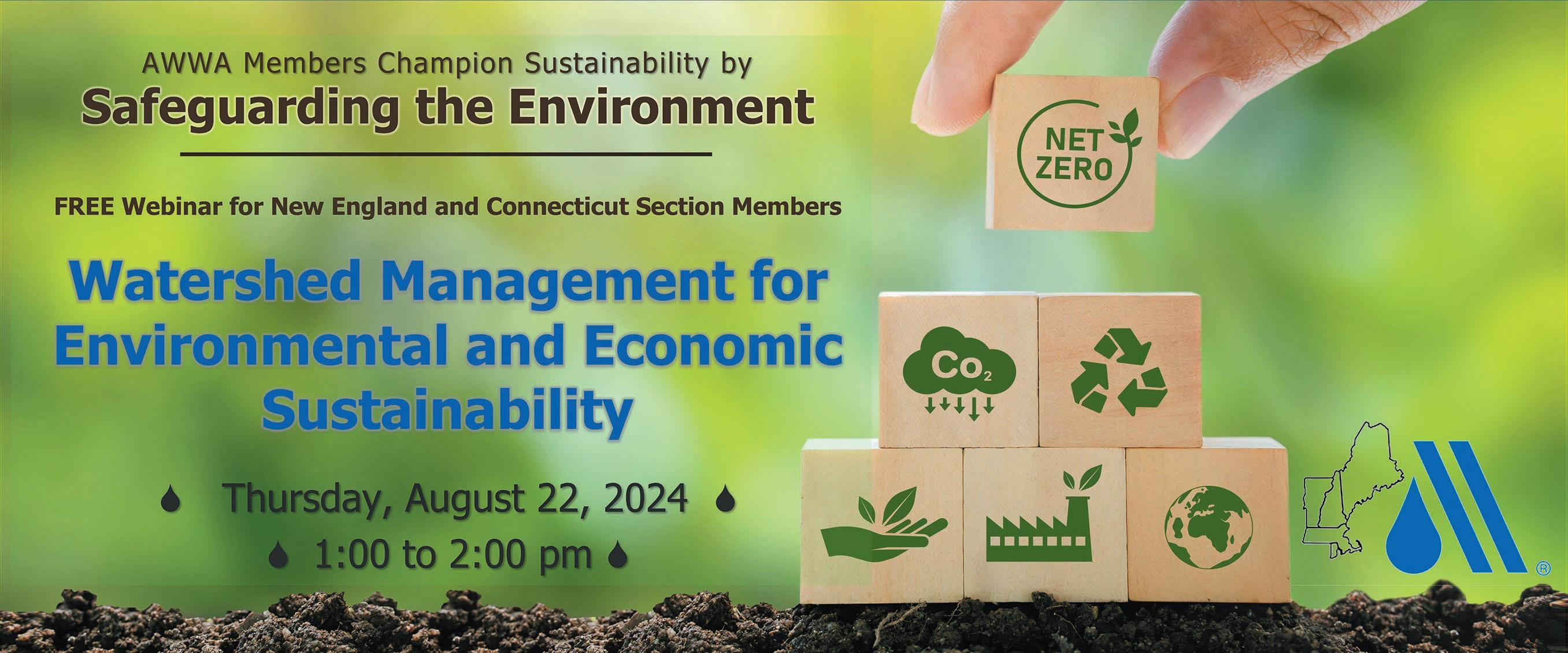

New England Water Wayfinder is made possible by the companies below who convey their important messages on our pages. We thank them for their support of NE AWWA and its publication and encourage you to contact them when making your purchasing decisions. To make it easier to contact these companies, we have included the page number of their advertisement, their phone number, and, where applicable, their website.



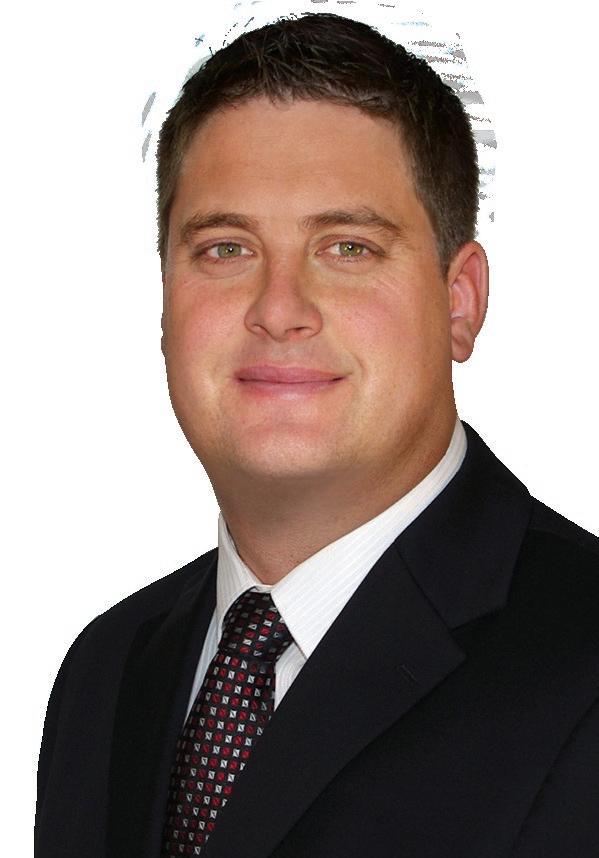


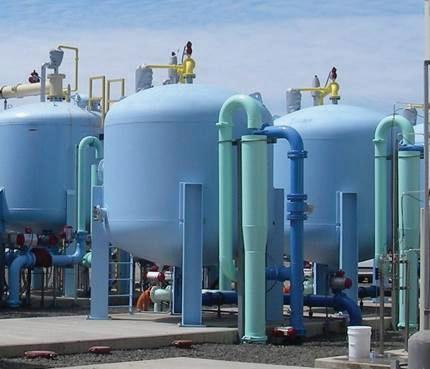

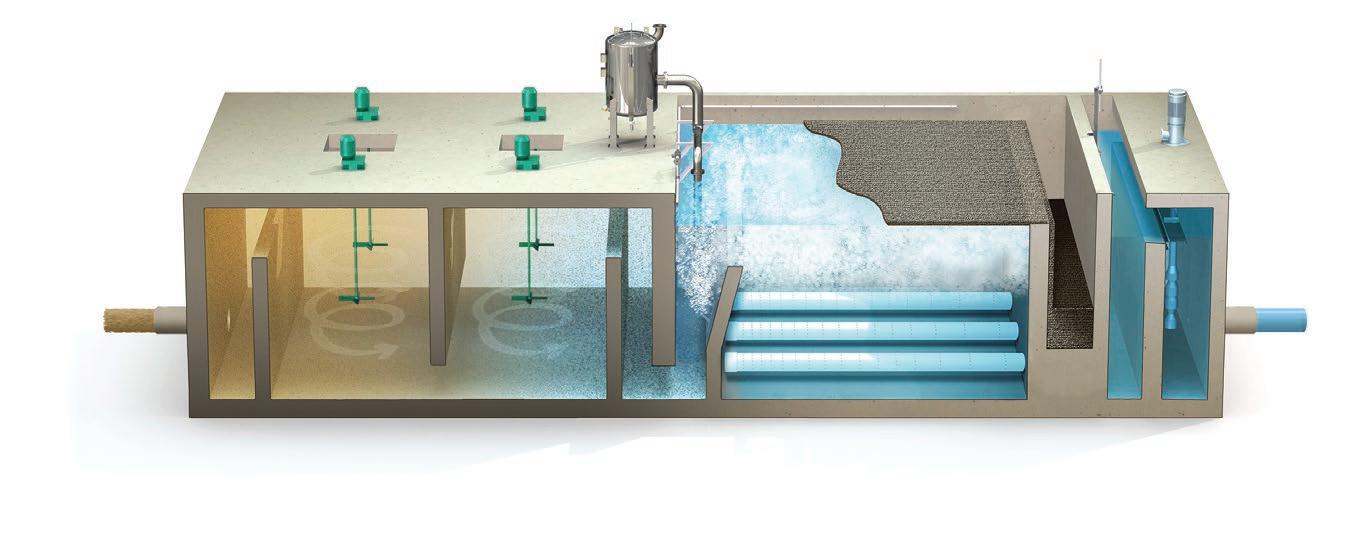
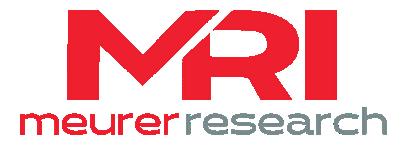
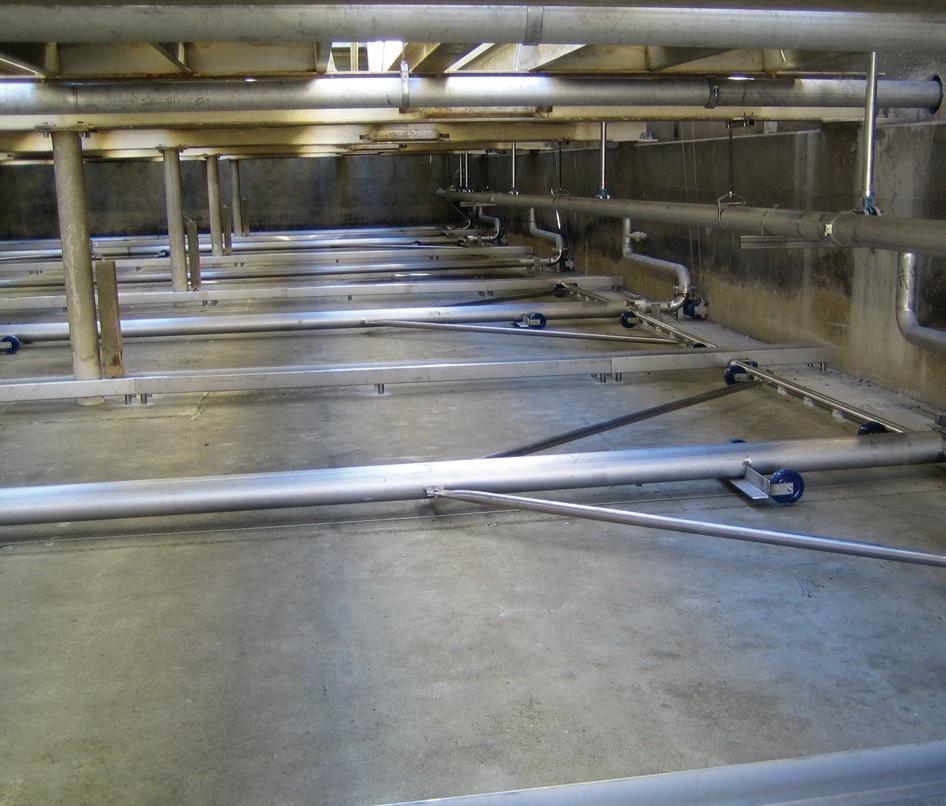

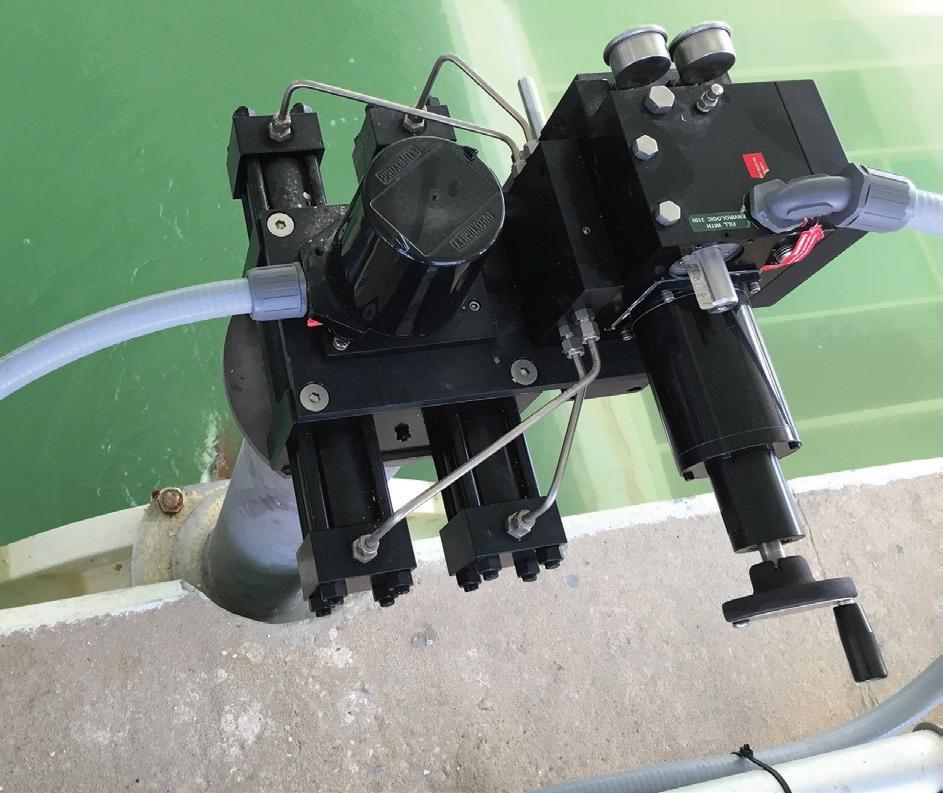

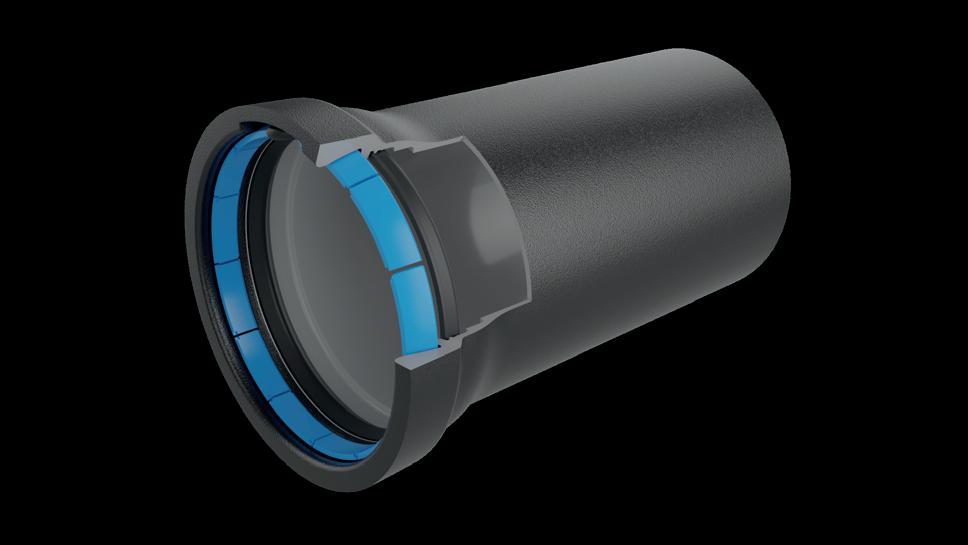




Innovation is the constant creation of new ideas. For the past 125-years, U.S. Pipe has been a leader in the water industry by creating the most recognizable ductile iron pipe products in the market. Products like TYTON JOINT®, FIELD LOK® gasket, TR-XTREME®, and the revolutionary HDSS® restrained joint. The increased deflection and high-pressure rating make HDSS the new standard for restrained joint pipelines. Scan the QR to see all the benefits of HDSS.
